We don't leave the house without a mobile phone. We wake up with him, we have him at school, at work, we play sports with him as well as we fall asleep. Can you imagine that at every such moment you will have a DSLR with you instead of an iPhone? Or some compact camera? My photographic equipment is in my drawer and has been completely replaced by the iPhone. Although there are still some limitations, they are negligible.
Czech photographer Alžběta Jungrová once said that she can't even throw out the trash without a mobile phone. Why? Because you never know when you'll see something you can photograph. The phone is always ready and the start of the Camera application is immediate. So that's one advantage, the other is that the iPhone is just good enough to take great photos, and it's also compact, light and unobtrusive, so it's suitable for almost any situation.
It could be interest you
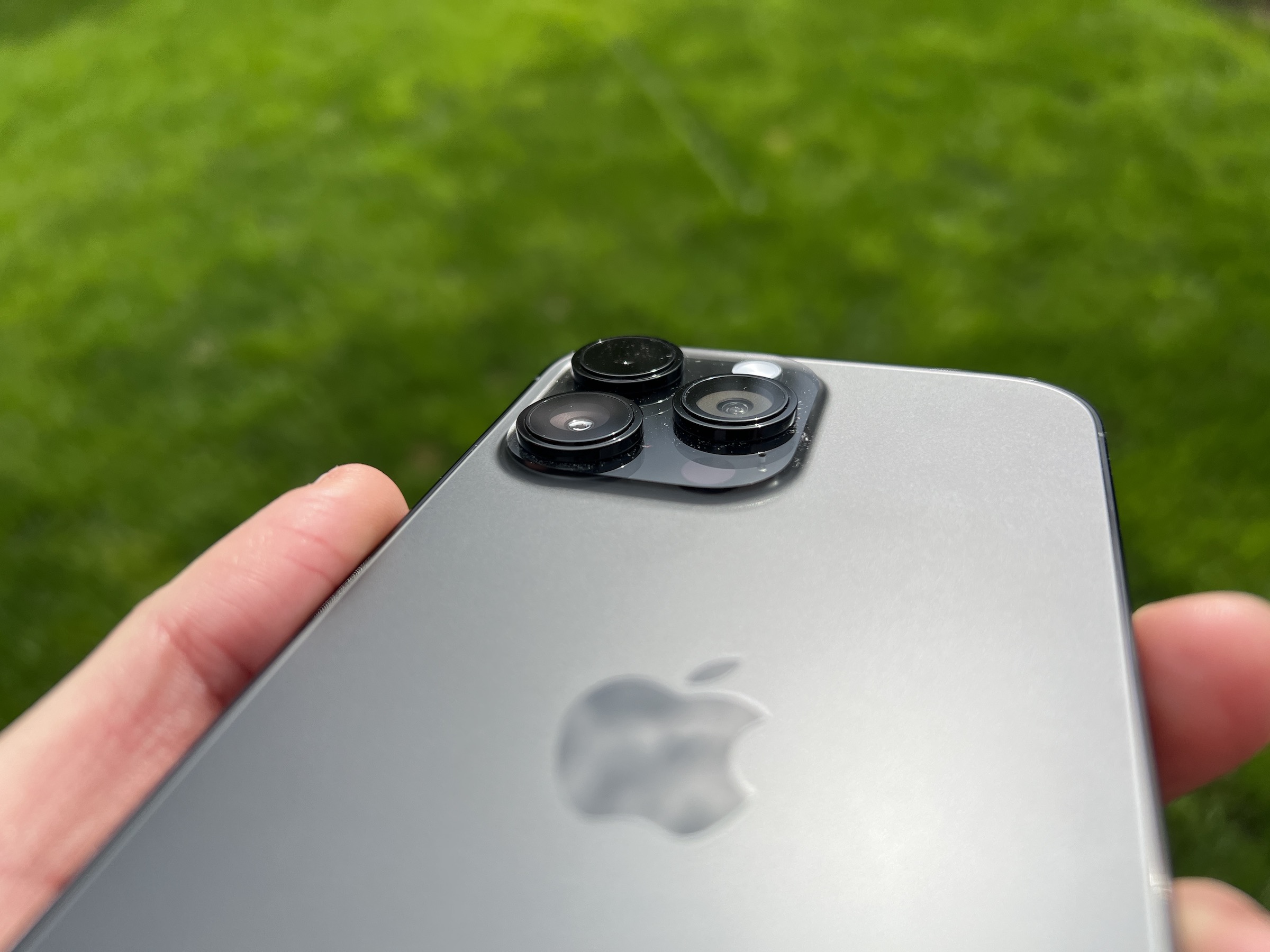
Who is a professional camera intended for today?
Why should anyone buy a professional camera? There are of course reasons for this. One may be that, of course, photography feeds him. A DSLR, plain and simple, will always take better photos. The second is that he doesn't want to buy a quality photomobile, which for him is just a tool for communication. The third is that, even if he is an amateur, the phone will not provide him with what he requires, which are usually long focal lengths, i.e. a suitable approach with a suitable quality output.
When I owned the iPhone XS Max, I already took it as almost my only tool for photography. Its wide-angle lens was of sufficient quality to deliver adequate results on a normal day. Once it got dark I was out of luck. But I knew that and just didn't take pictures at night. Photos from the iPhone XS were suitable not only for sharing, but also for printing, either as classic photos or in photo books. Of course, it was also possible with the iPhone 5, but the XS has already advanced the quality in such a way that the results did not offend anyone.
I now own an iPhone 13 Pro Max and I no longer use any other photo equipment. It replaced both a small compact and a larger, heavier and more professional technique. Even if a product, phone, accessory comes to the editorial office for testing, there is no need to use anything else. Whether I'm outside taking pictures of snowy or blooming nature, the iPhone can handle it. When hiking, one carries a lot of supplies and equipment, not to mention lugging around even more equipment to photograph that butterfly and that distant hill.
It could be interest you
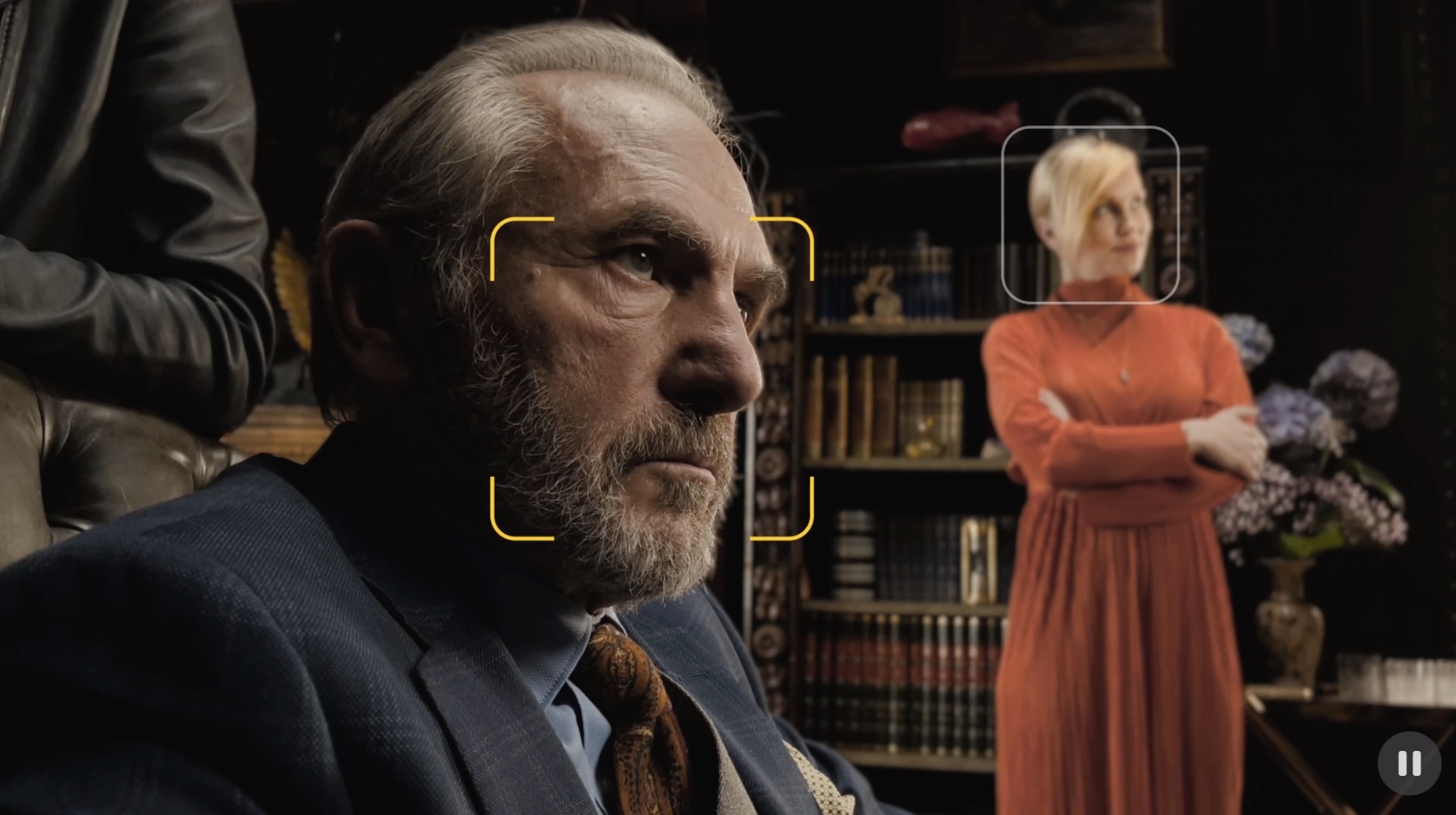
There are limitations, but they are acceptable
Of course, there are also limitations that need to be mentioned. The Pro series iPhones do have telephoto lenses, but their zoom range isn't stellar. So you can use the triple zoom when taking pictures of architecture or landscapes, on the other hand, if you want to take pictures of animals in the open, you have no chance. It has the same limitation in the case of macro shots. Yes, it can do them, but the results are more "illustrative" than valuable. As soon as the light decreases, the quality of the result drops rapidly.
But that doesn't change the fact that if you want to capture the scene just for your needs, the iPhone is simply ideal. Yes, its ultra-wide camera could use less edge blur, its zoom could be periscopic and at least 10x. But if you really have professional demands for results, you can simply go with professional technology. The "Pro" label is not omnipotent. You still have to keep in mind that hardware is only 50% of a photo's success. The rest is up to you.
 Adam Kos
Adam Kos 

























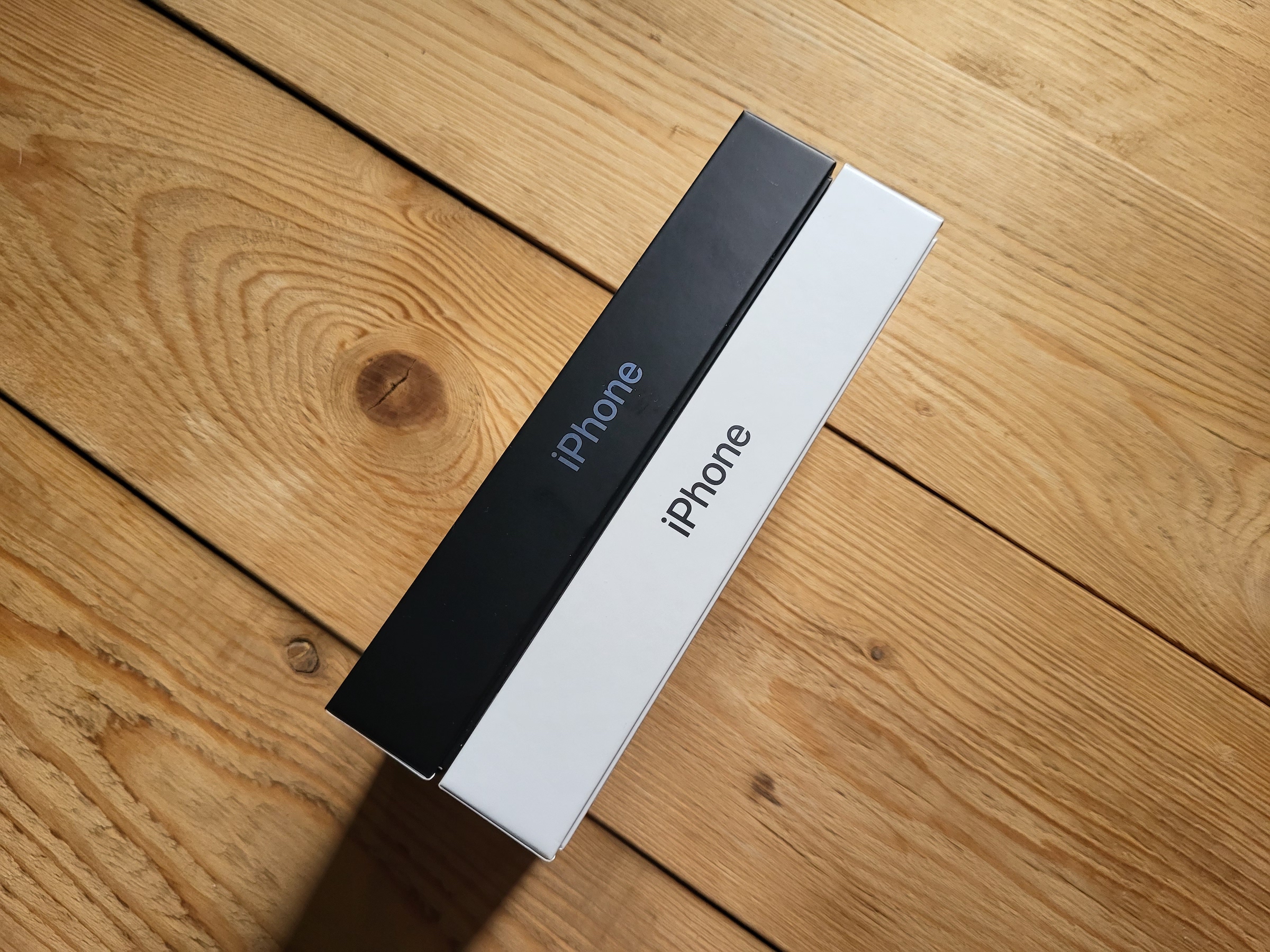

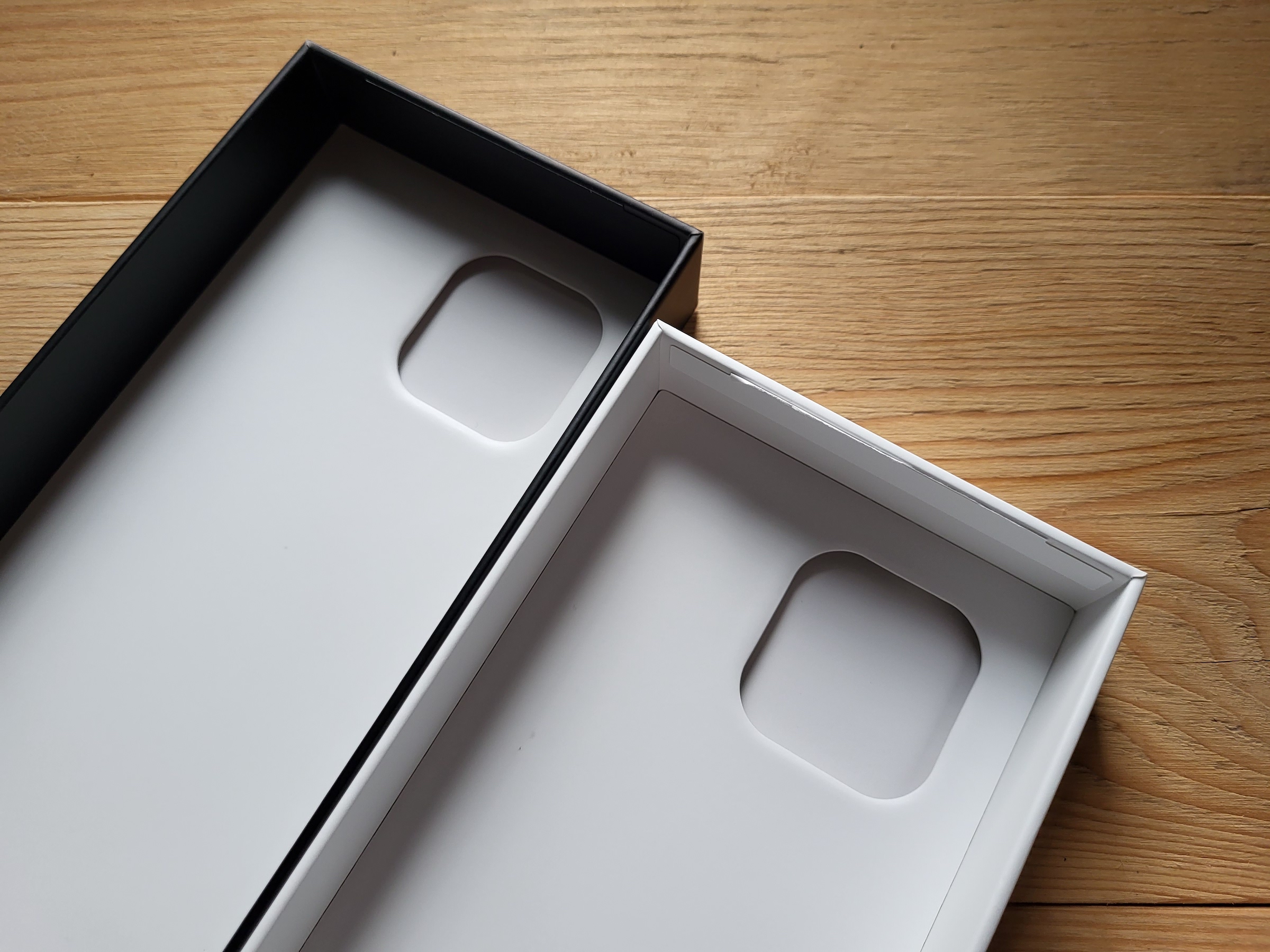


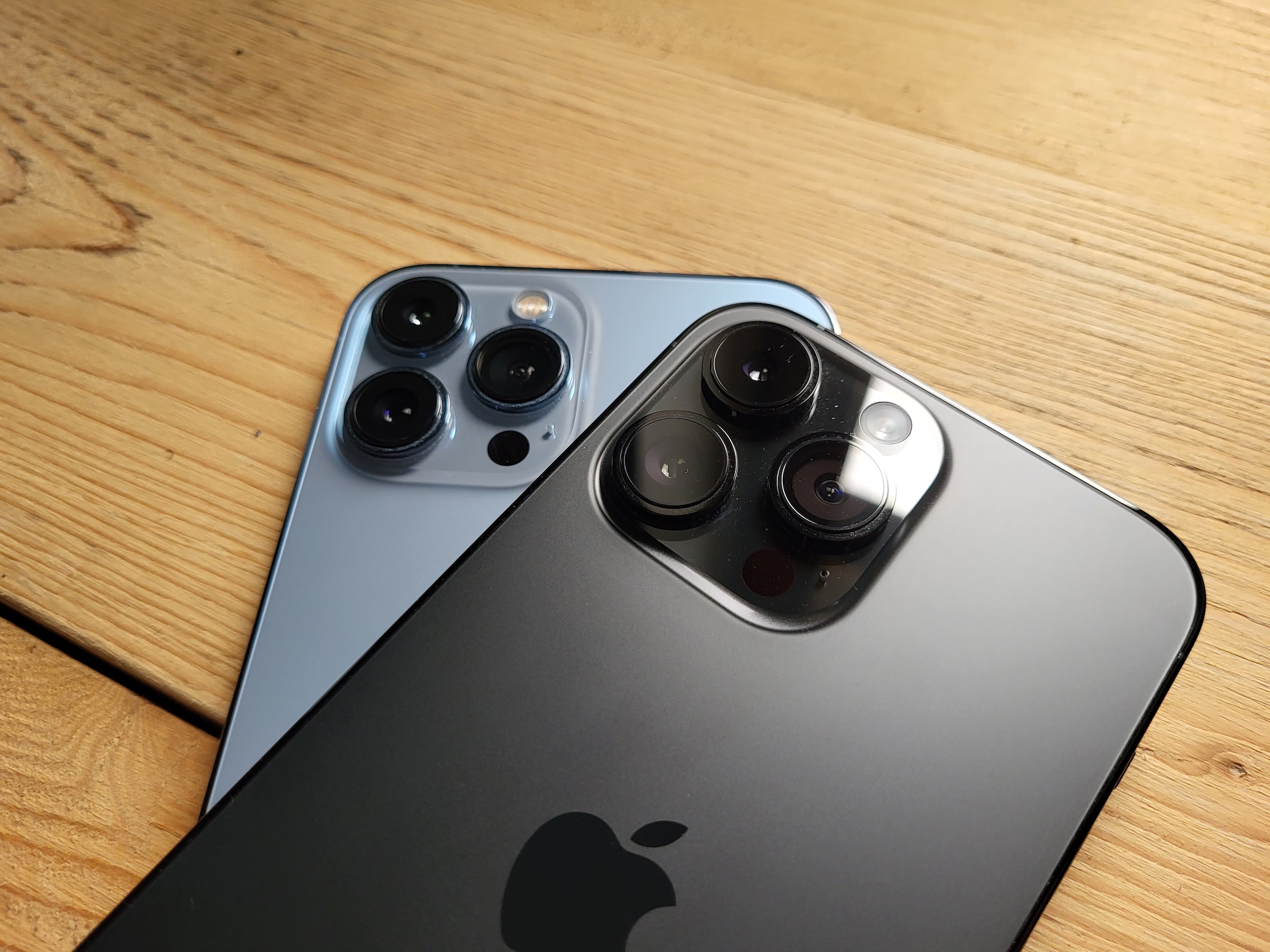
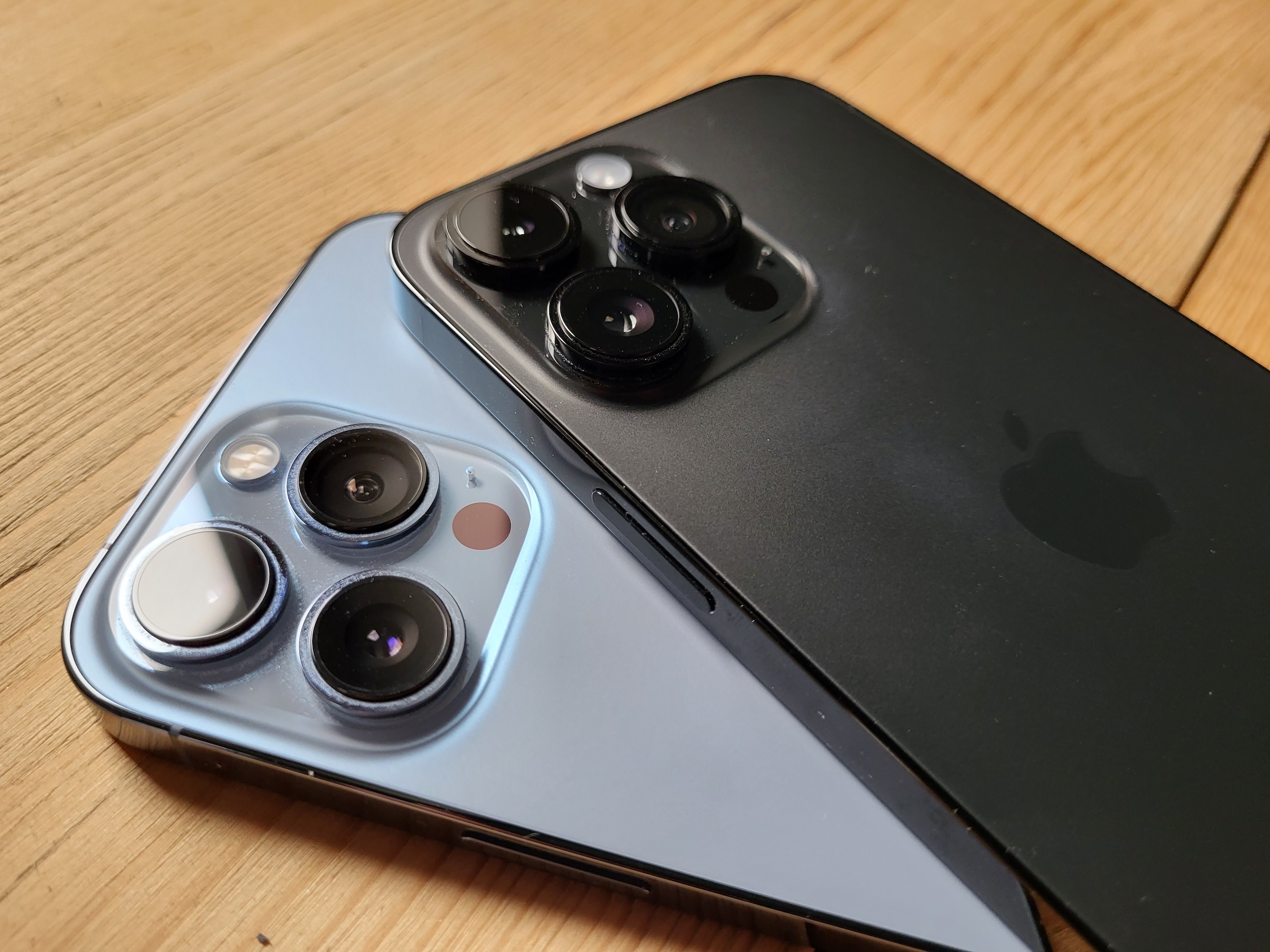
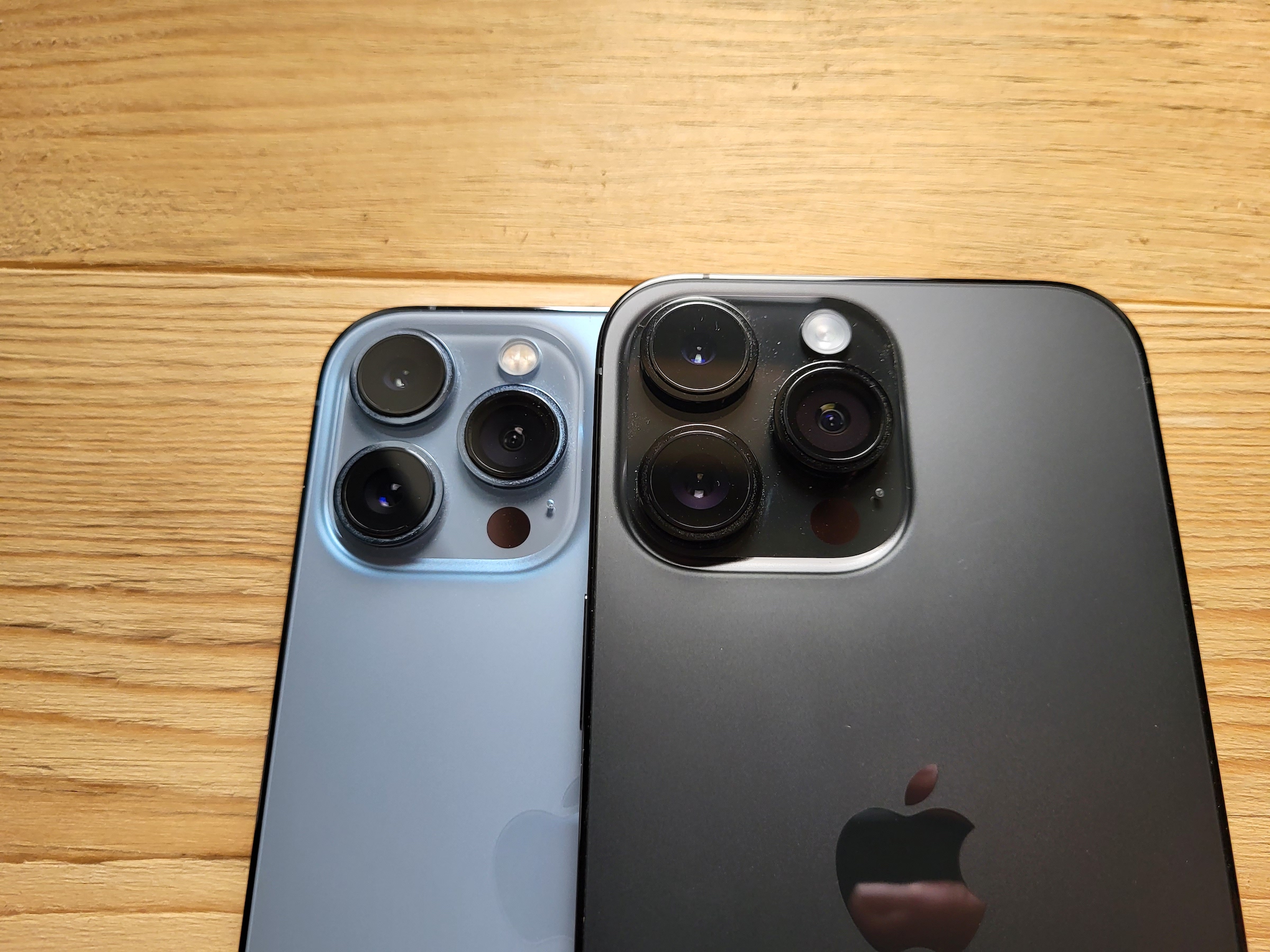
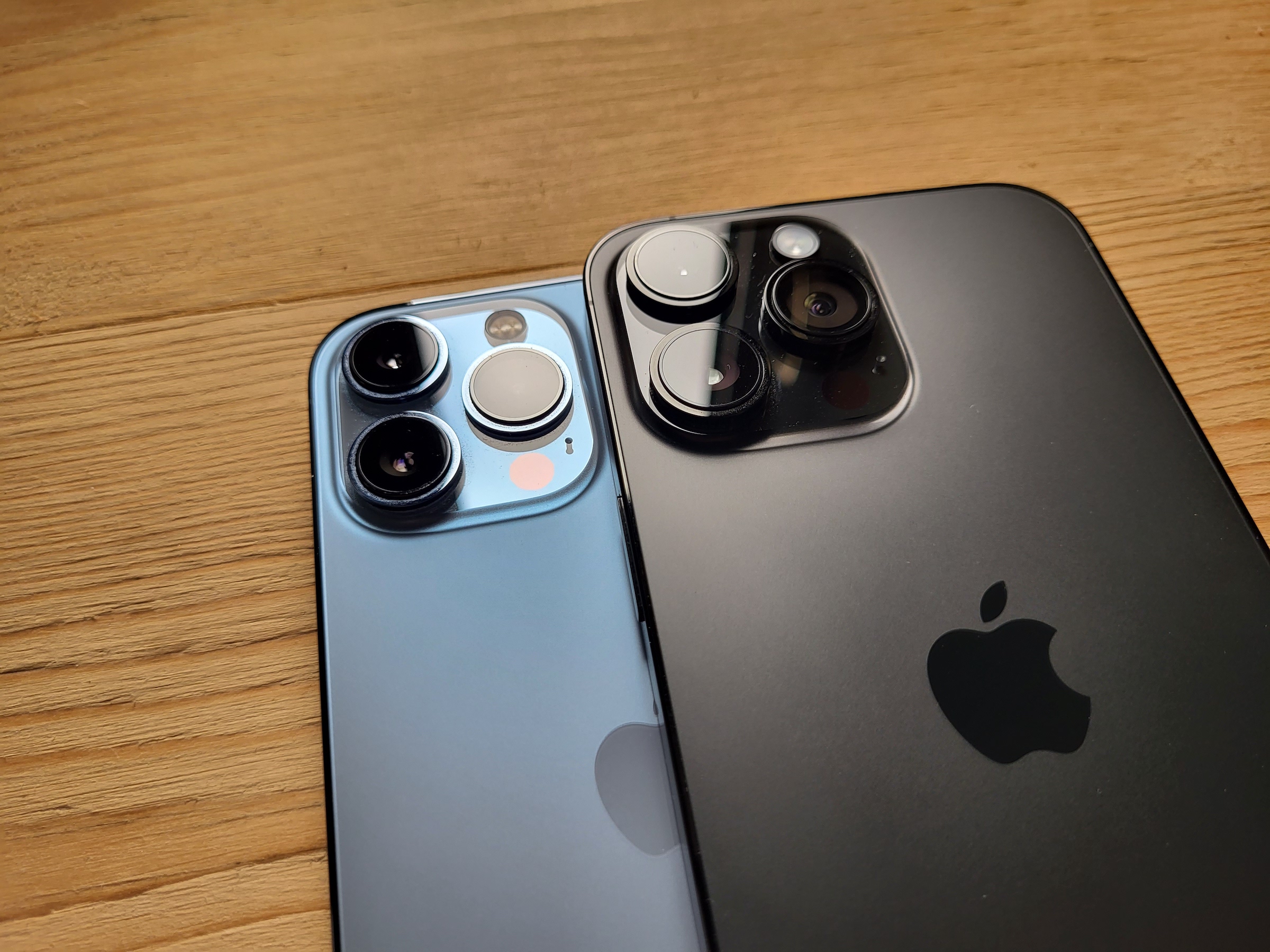
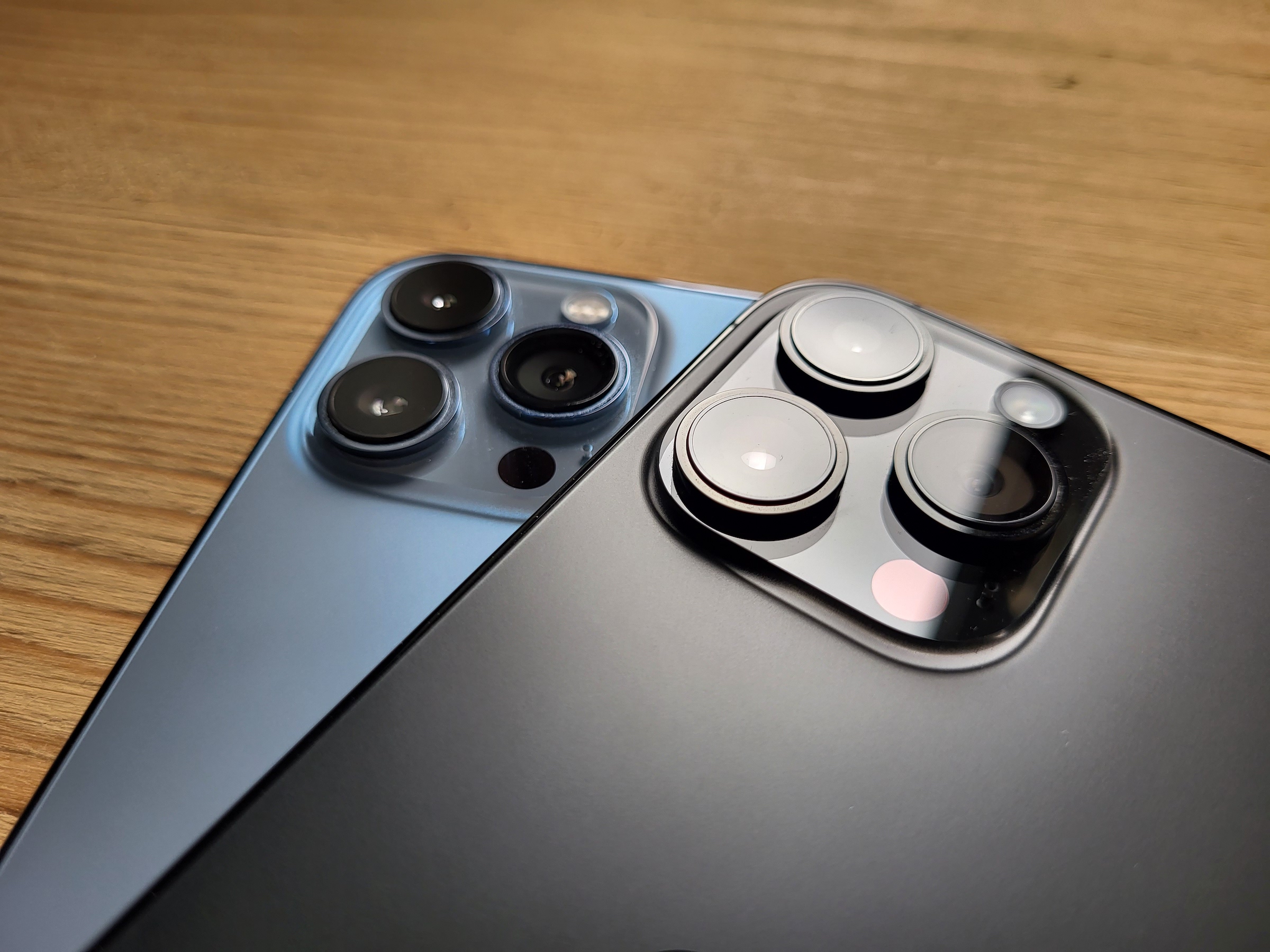

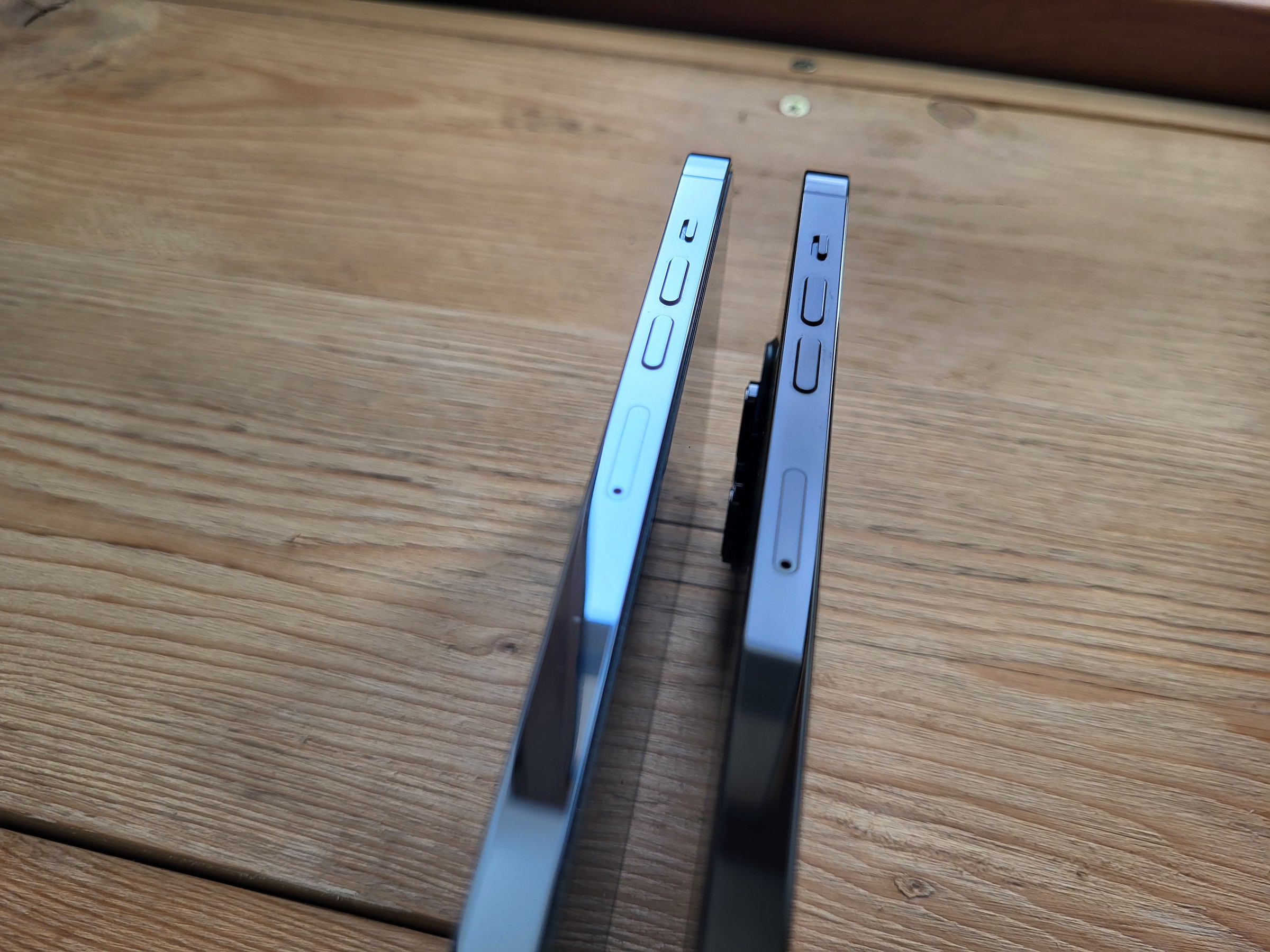
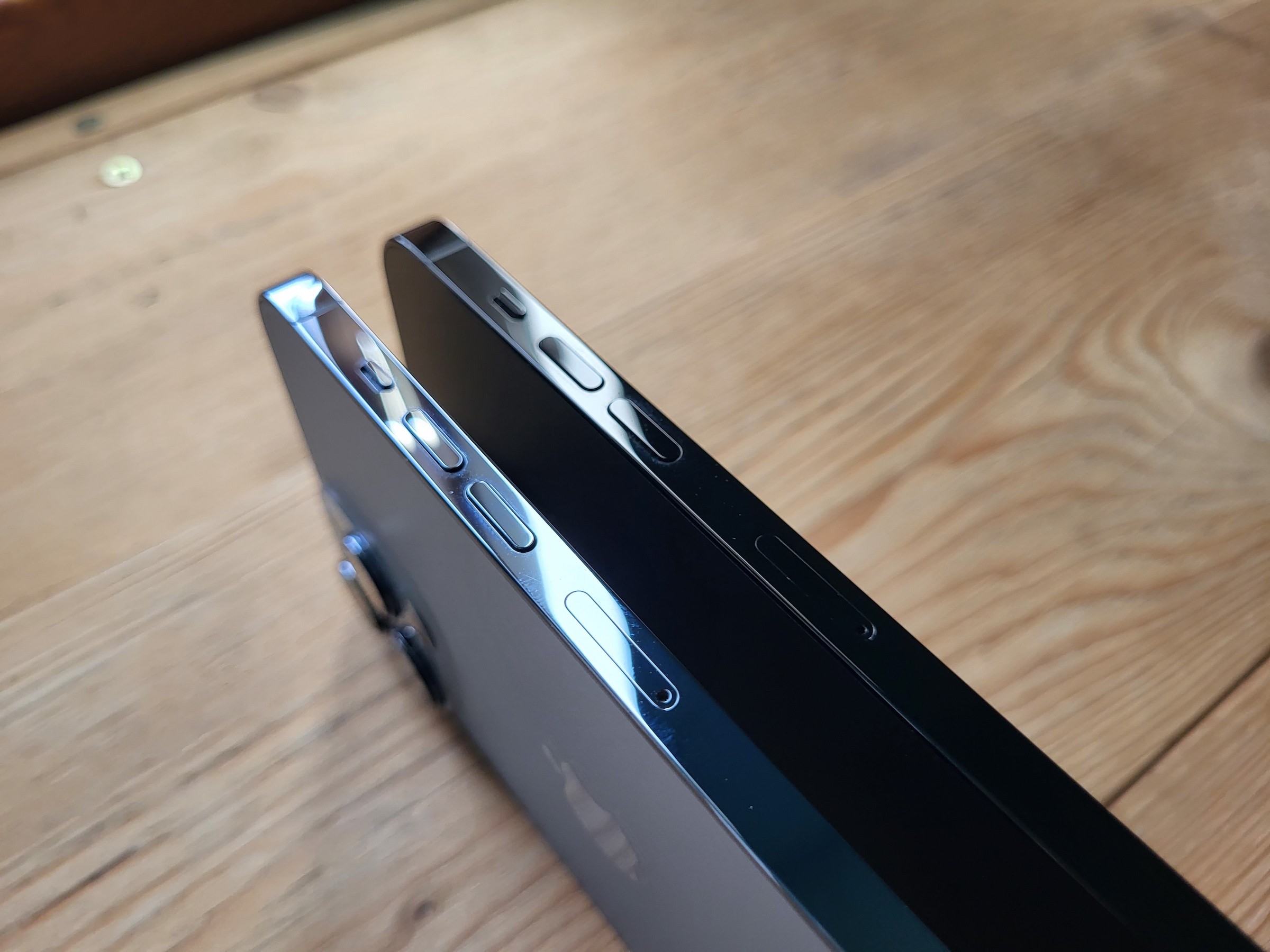
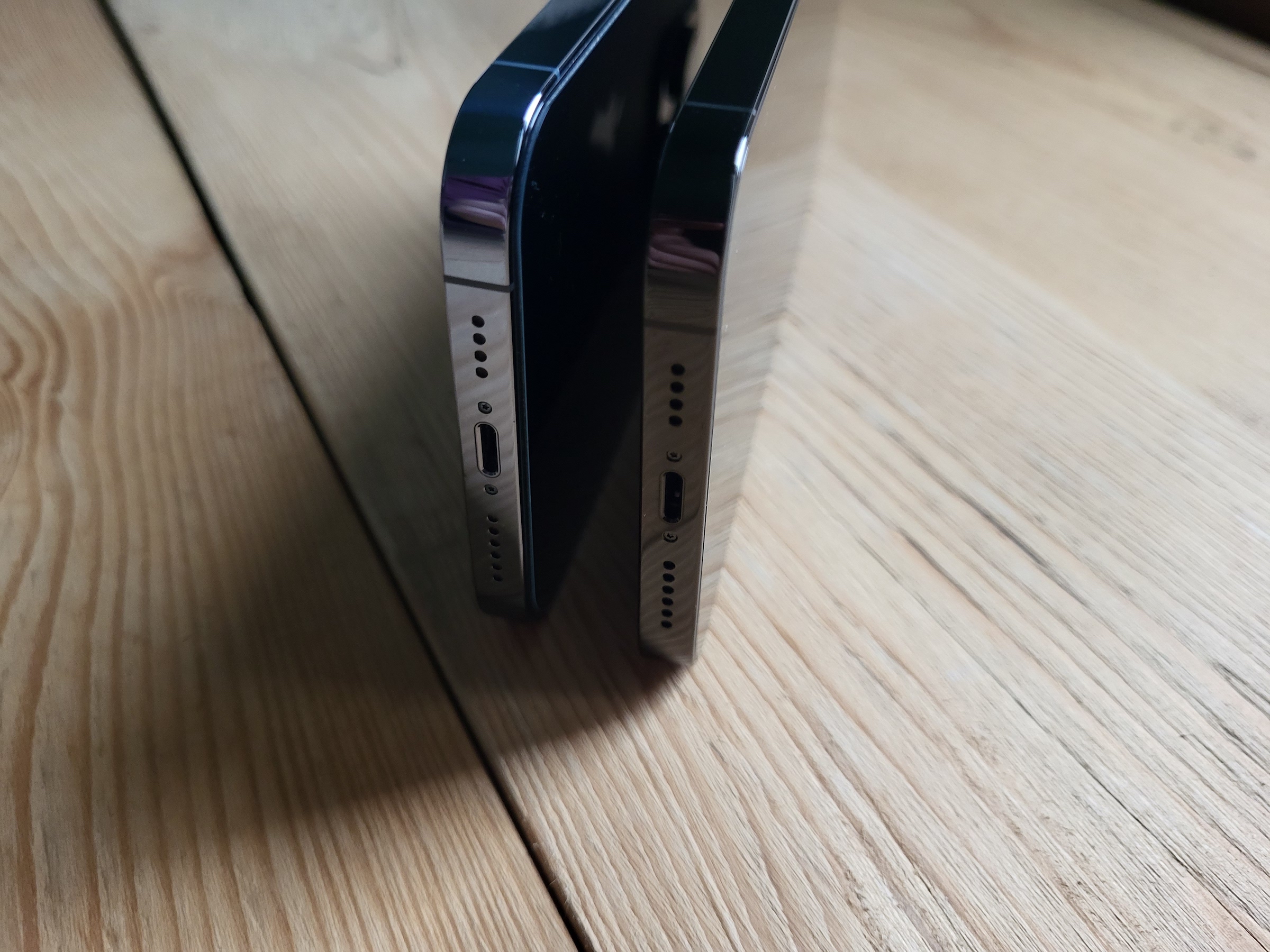


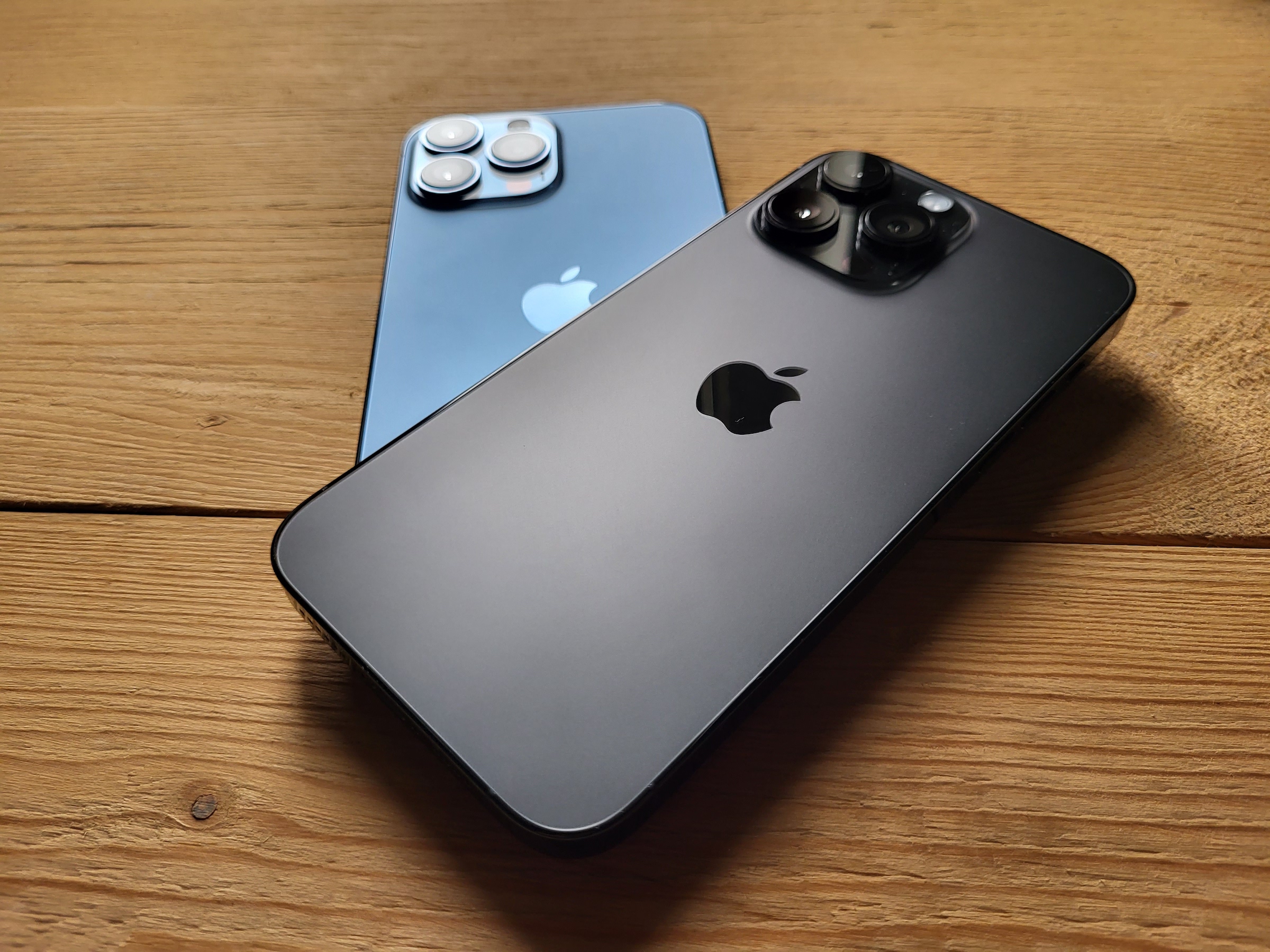
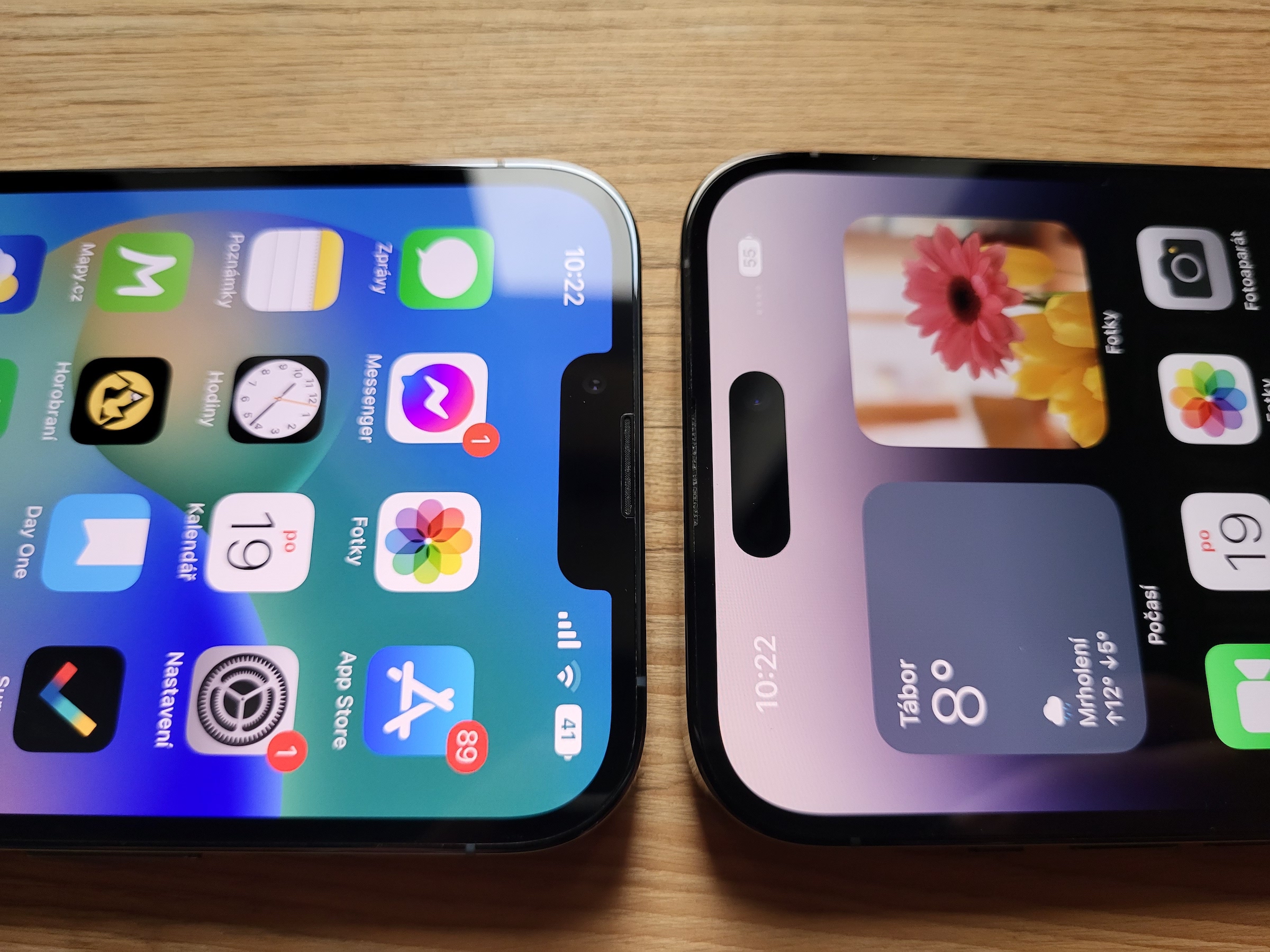
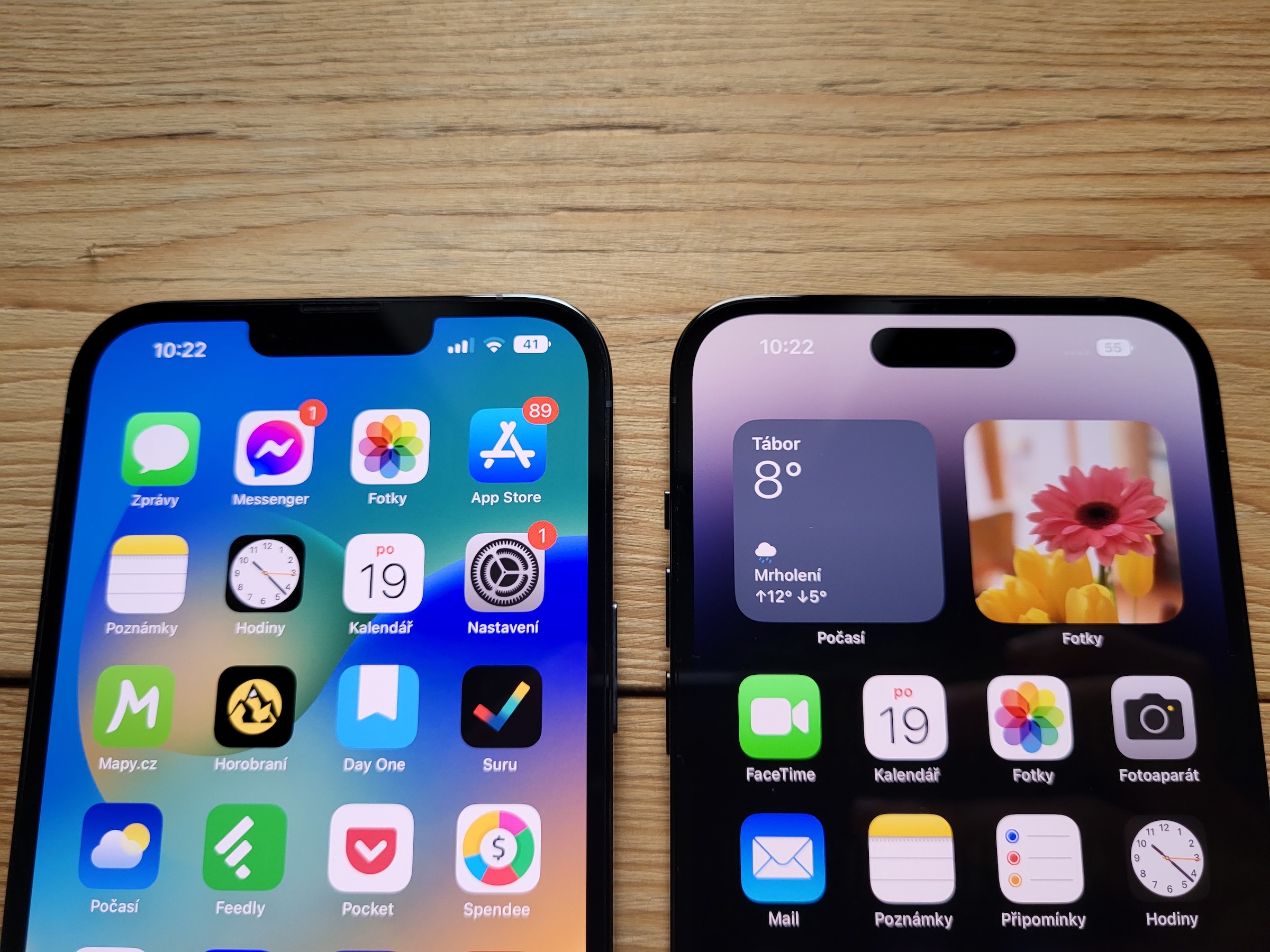
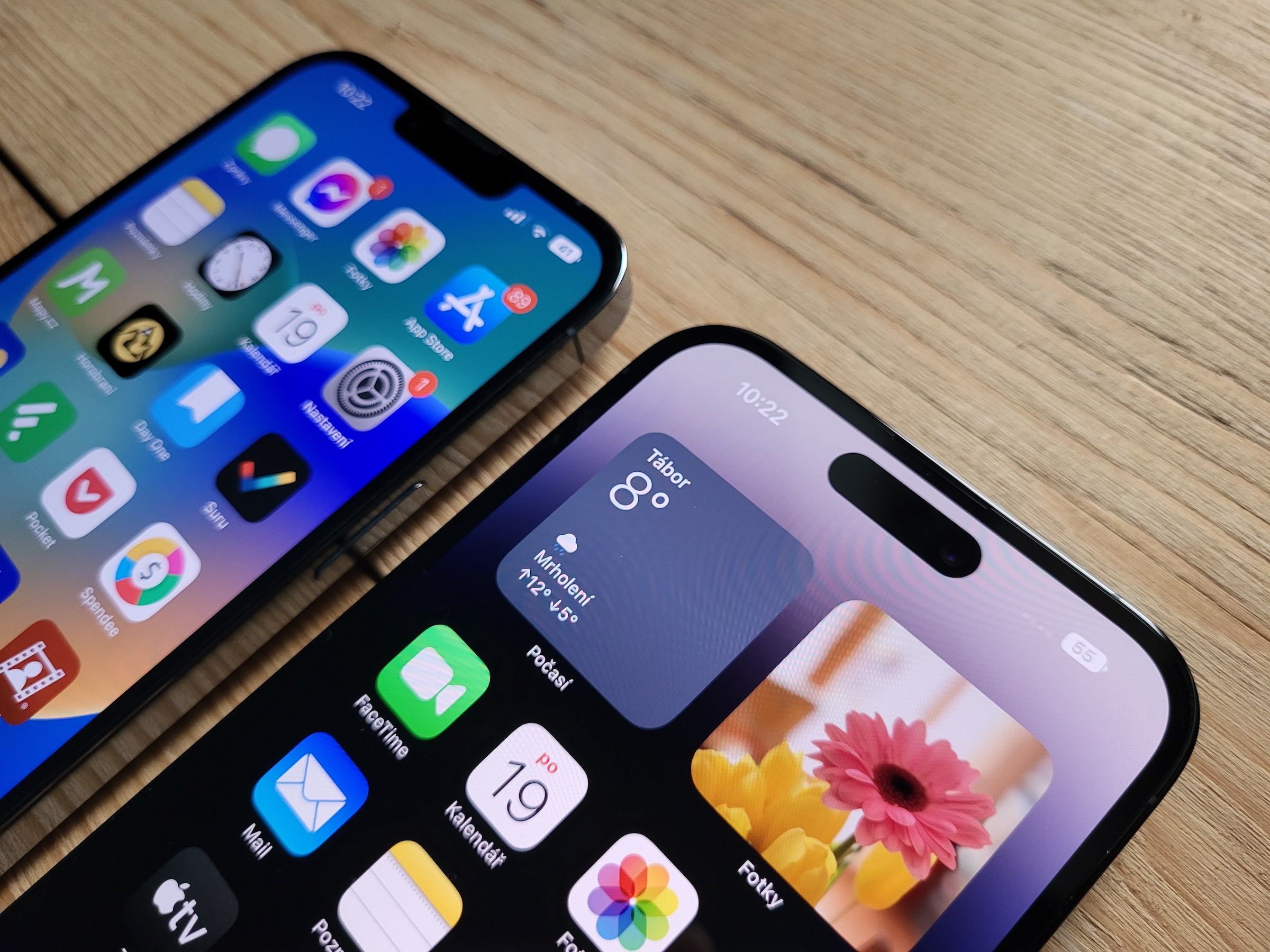

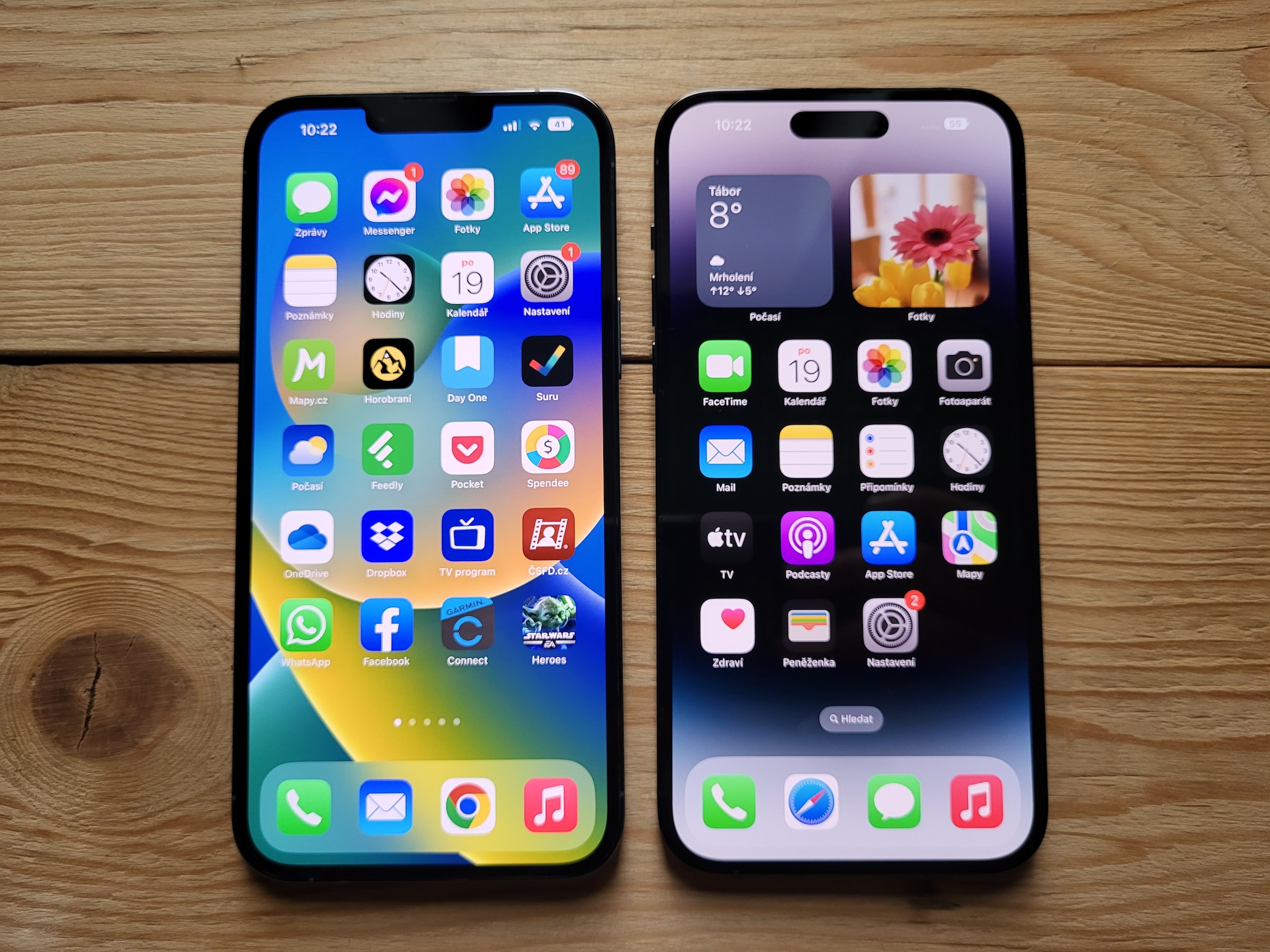
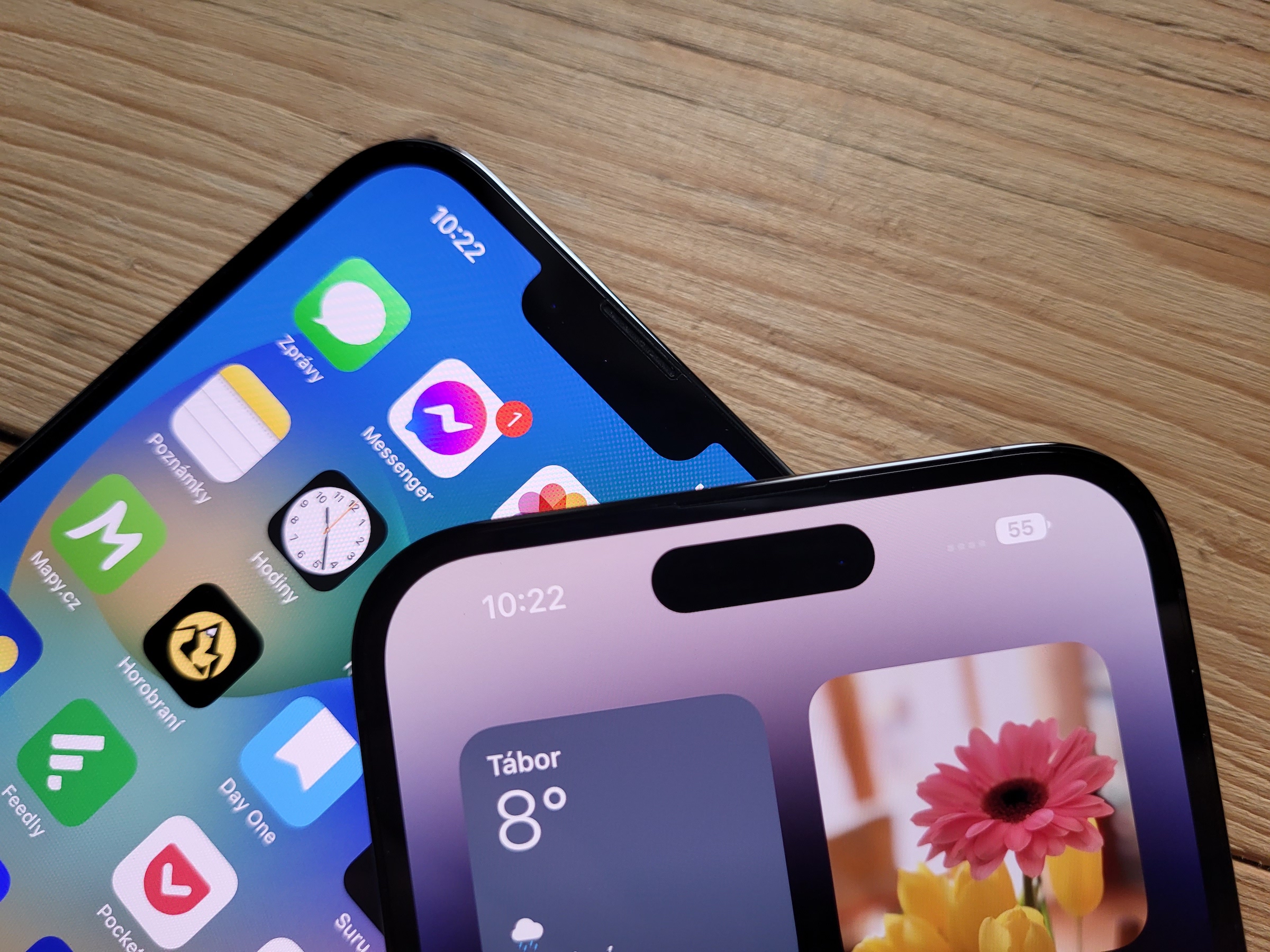
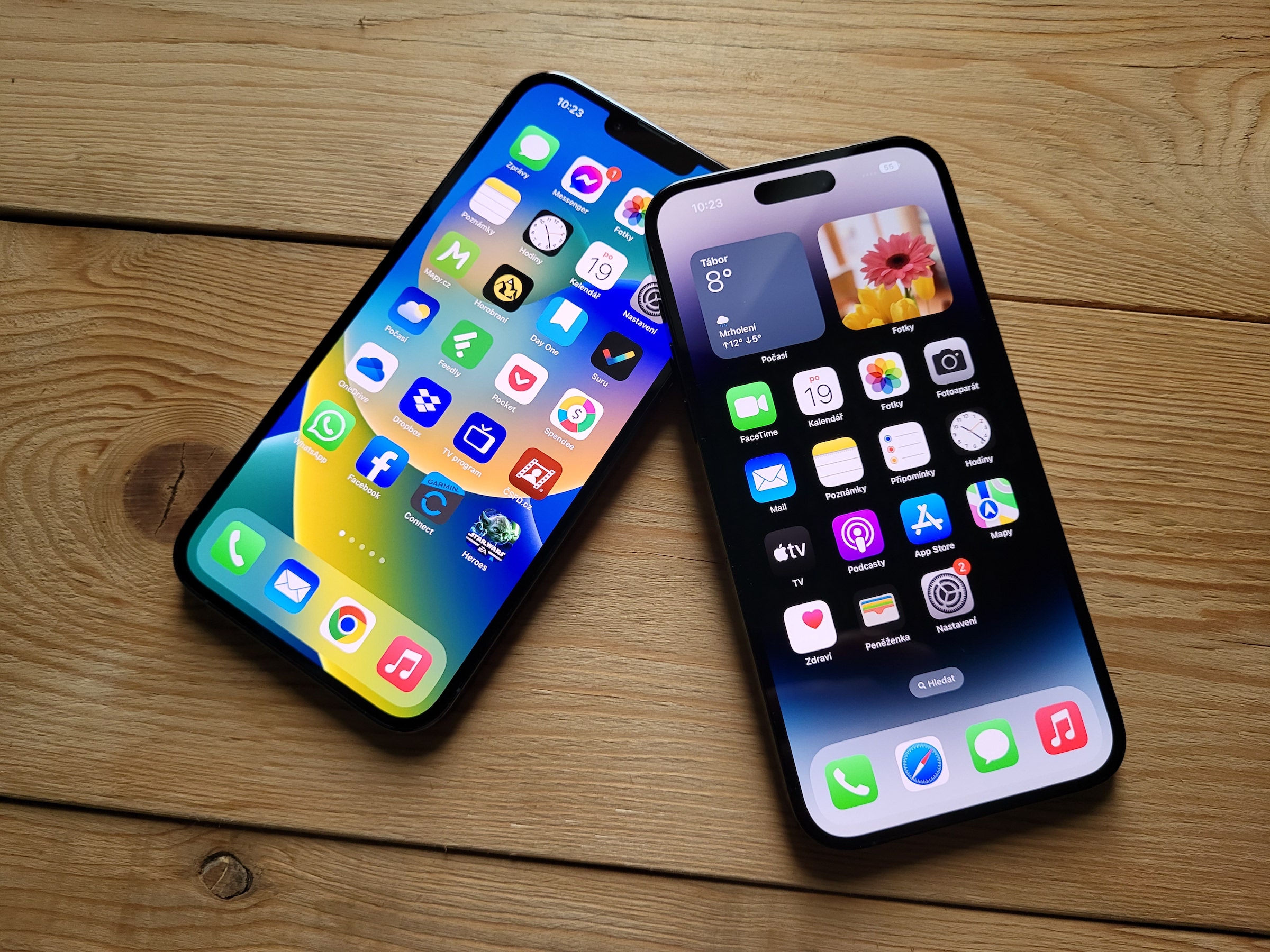
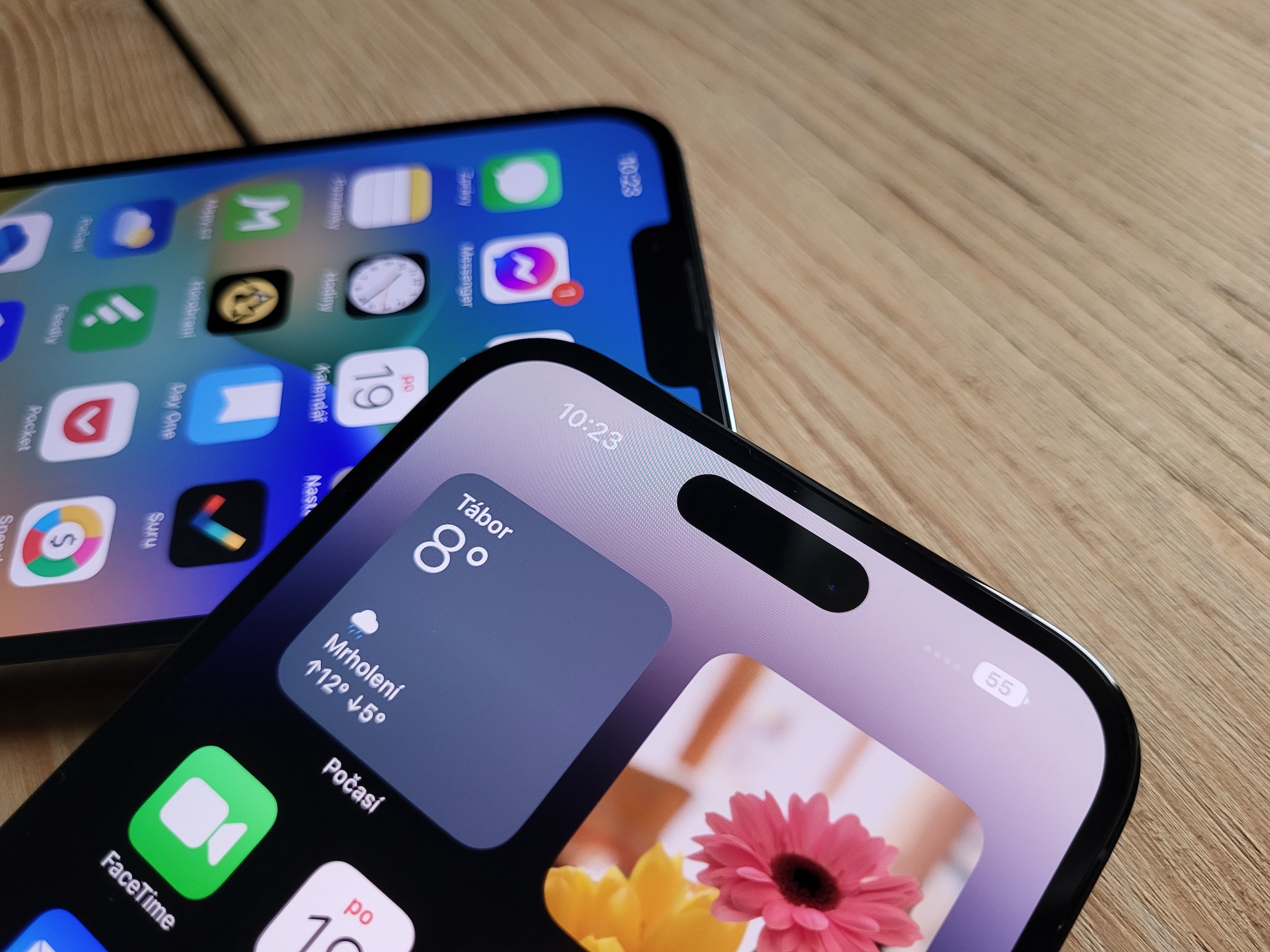
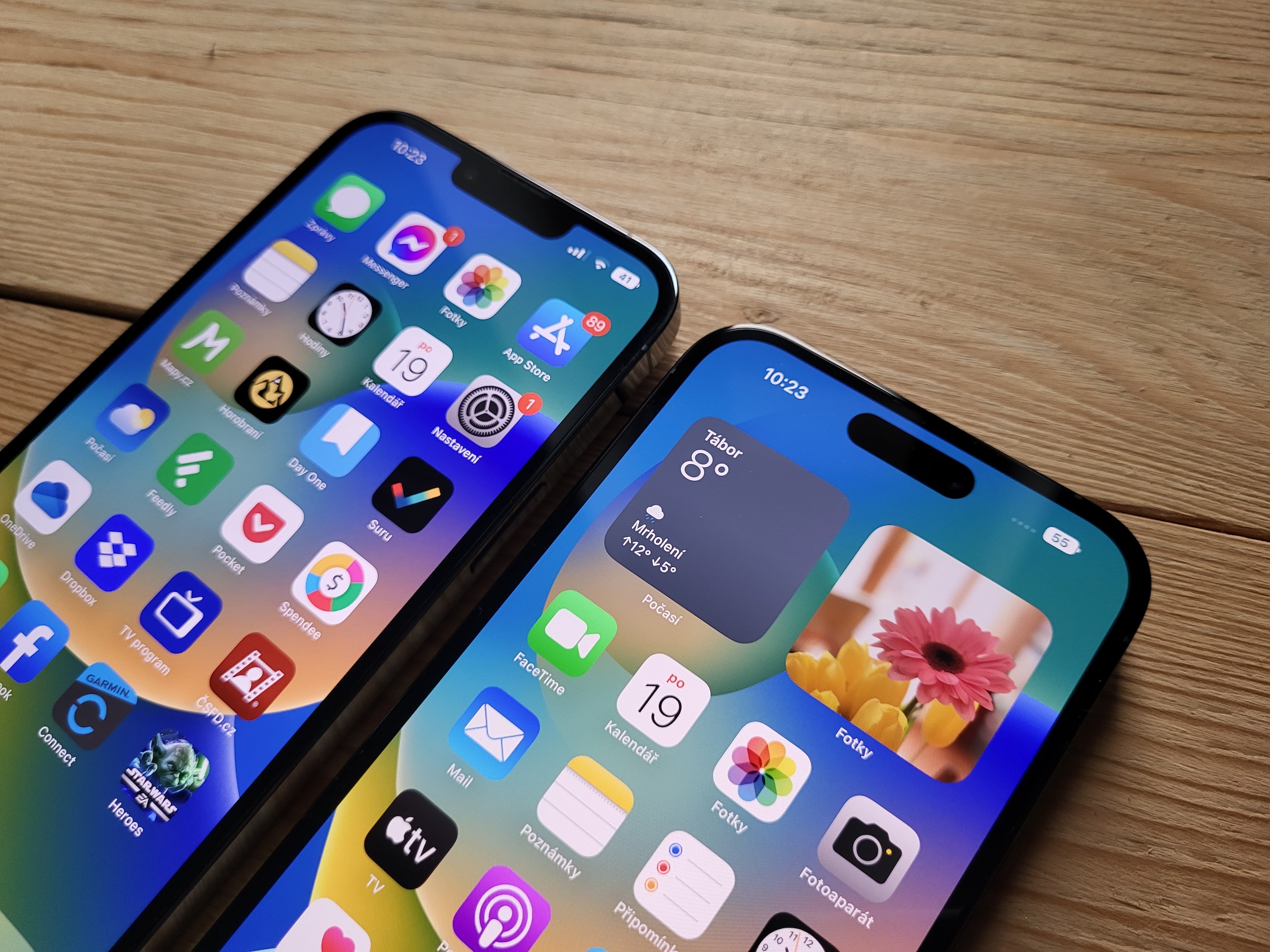
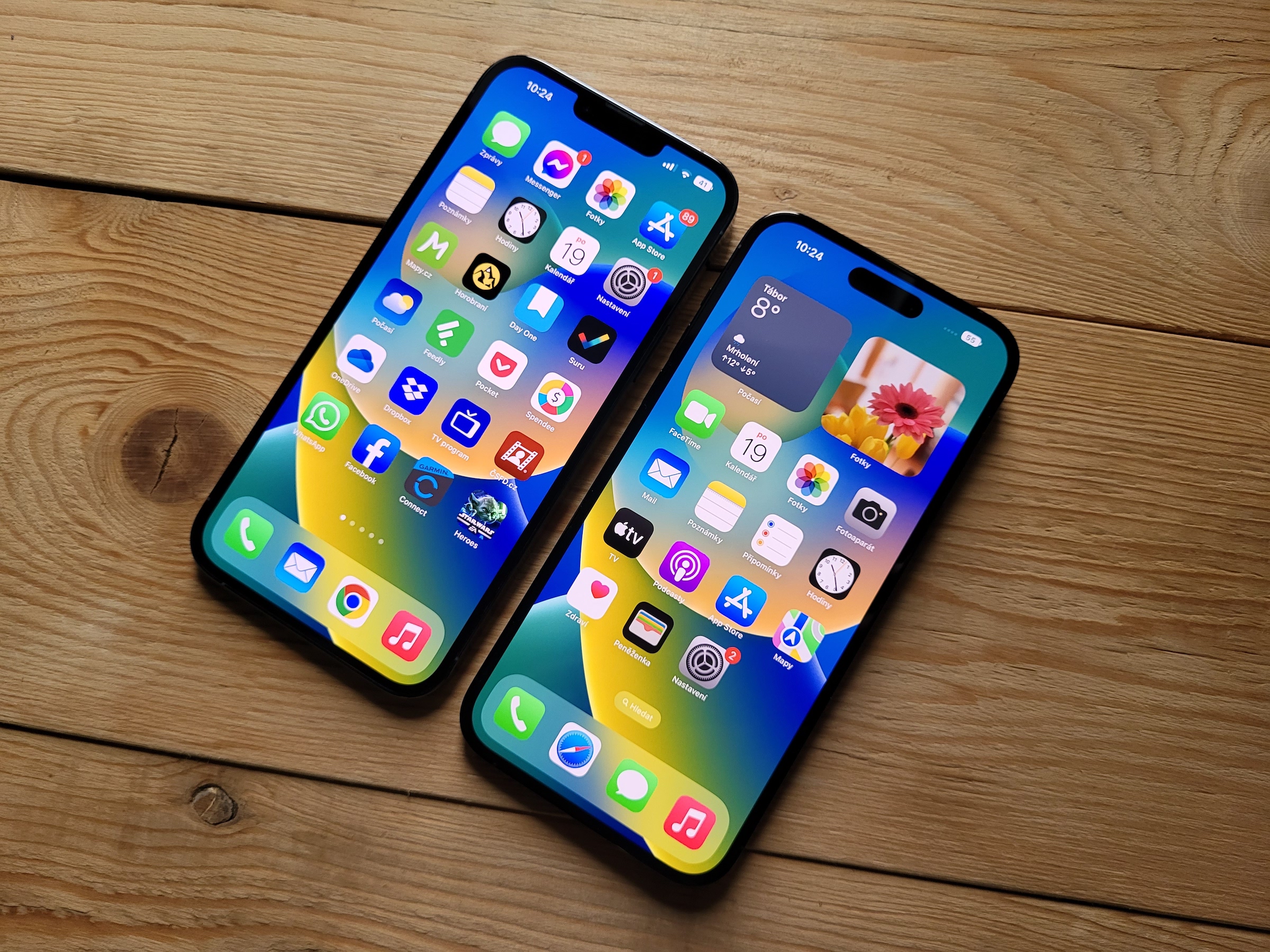
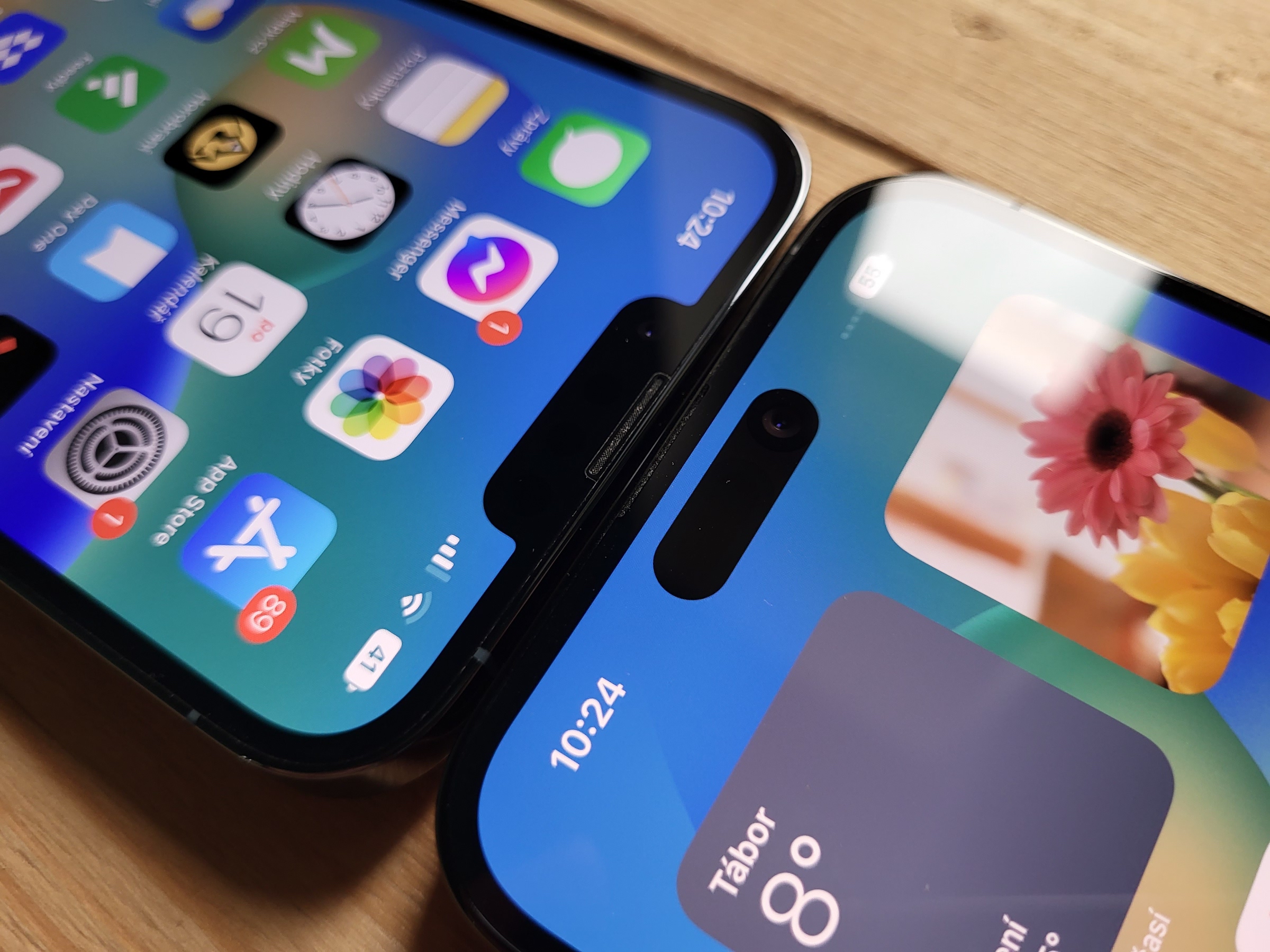
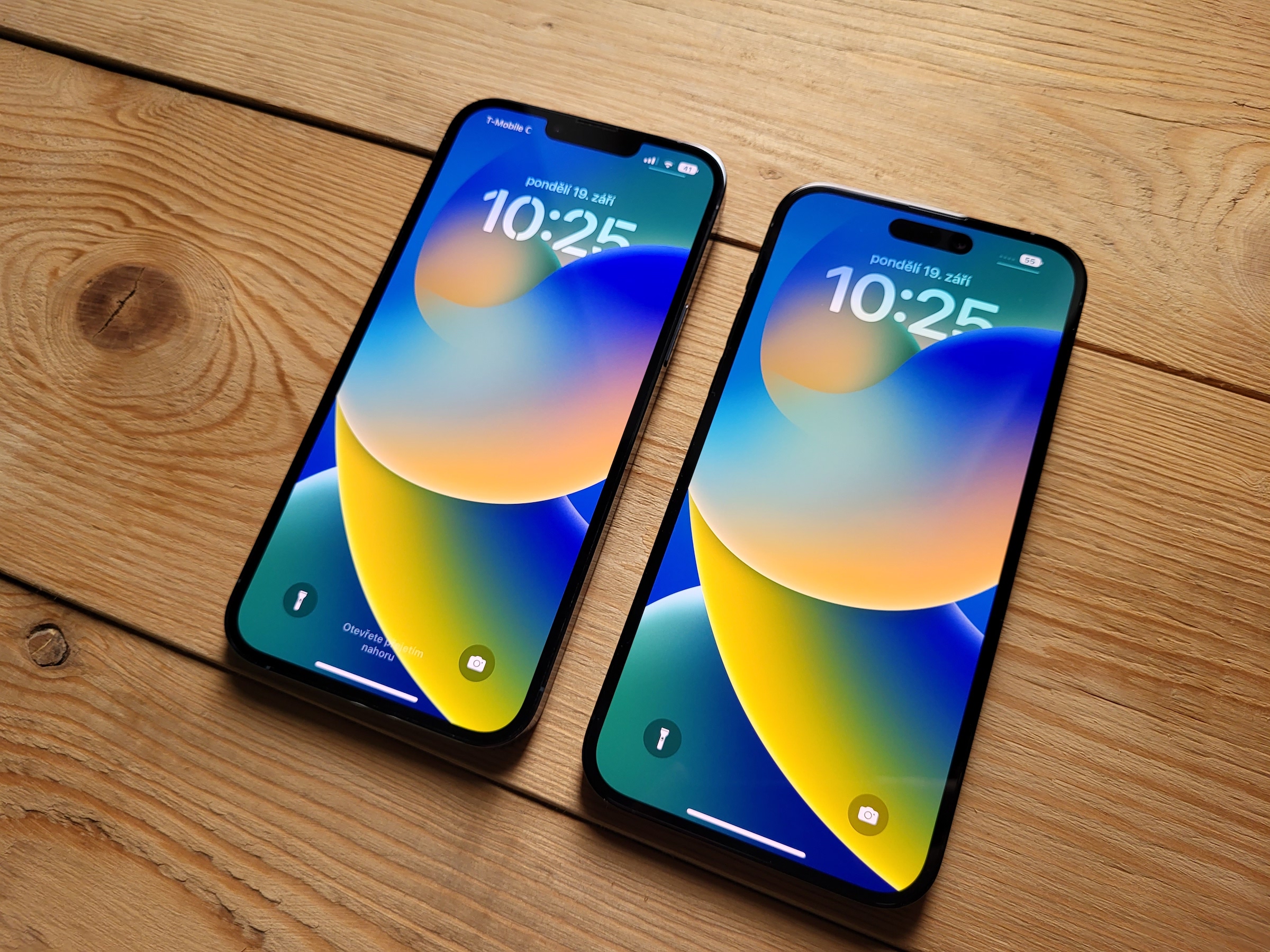
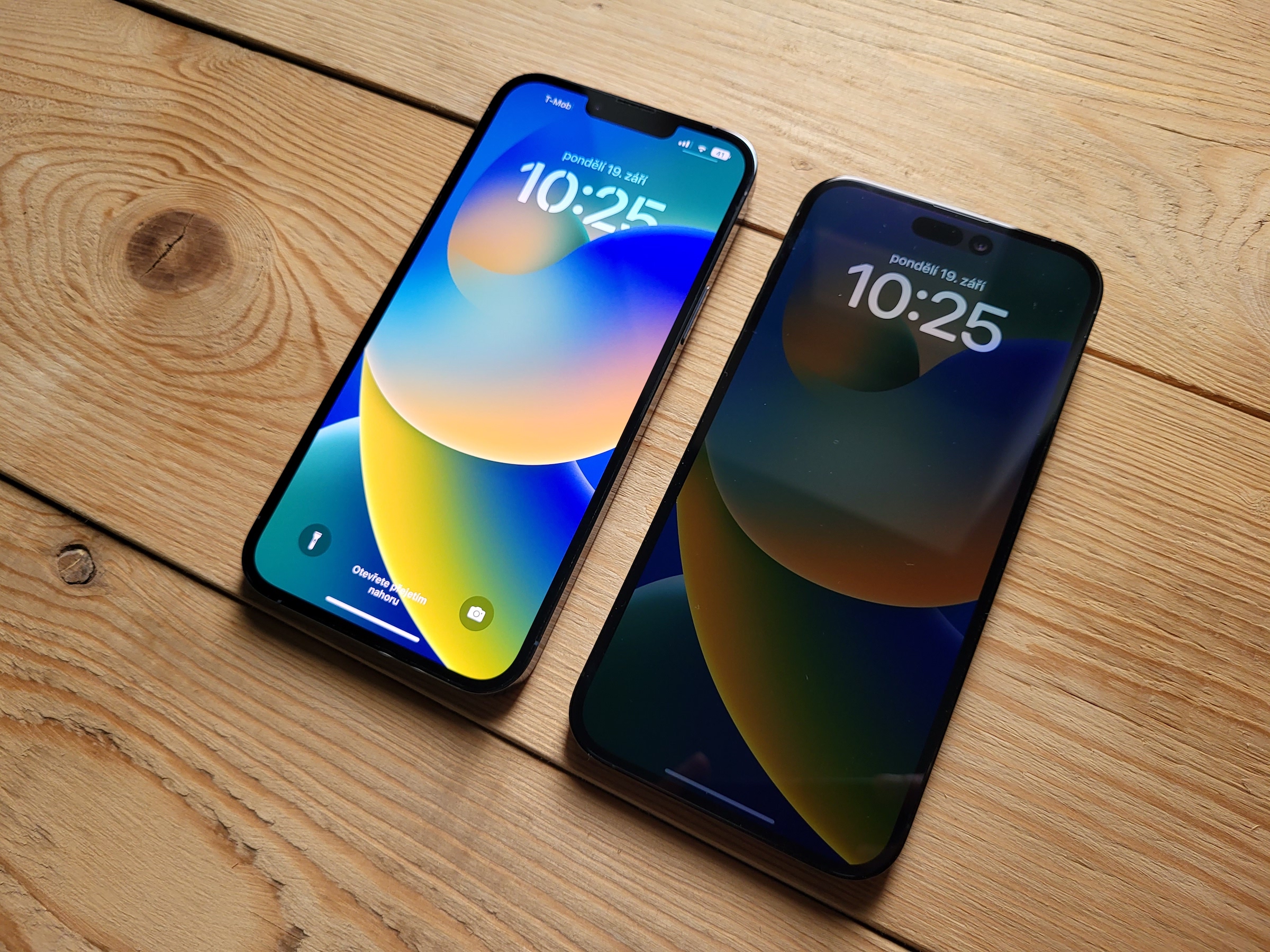
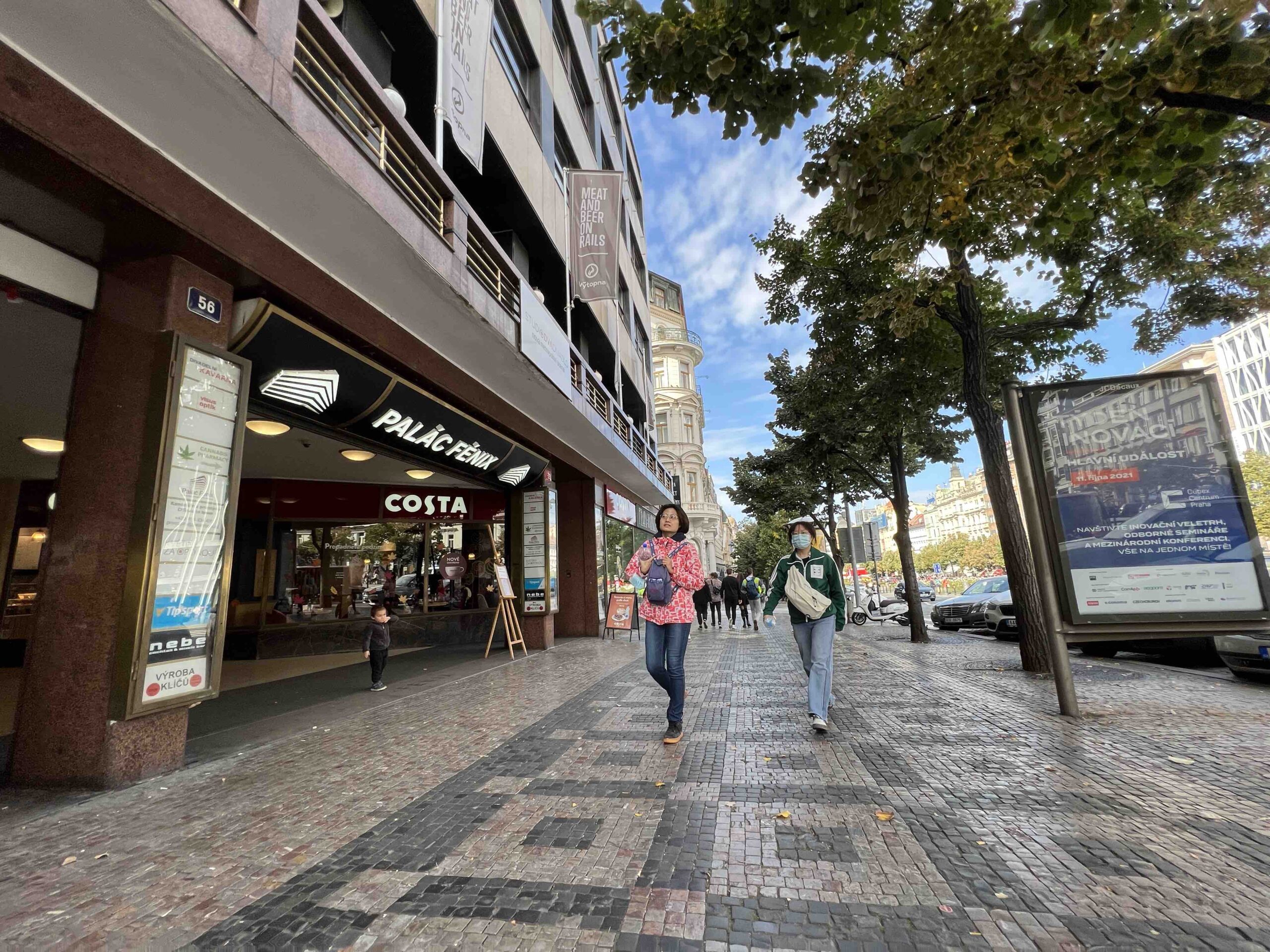


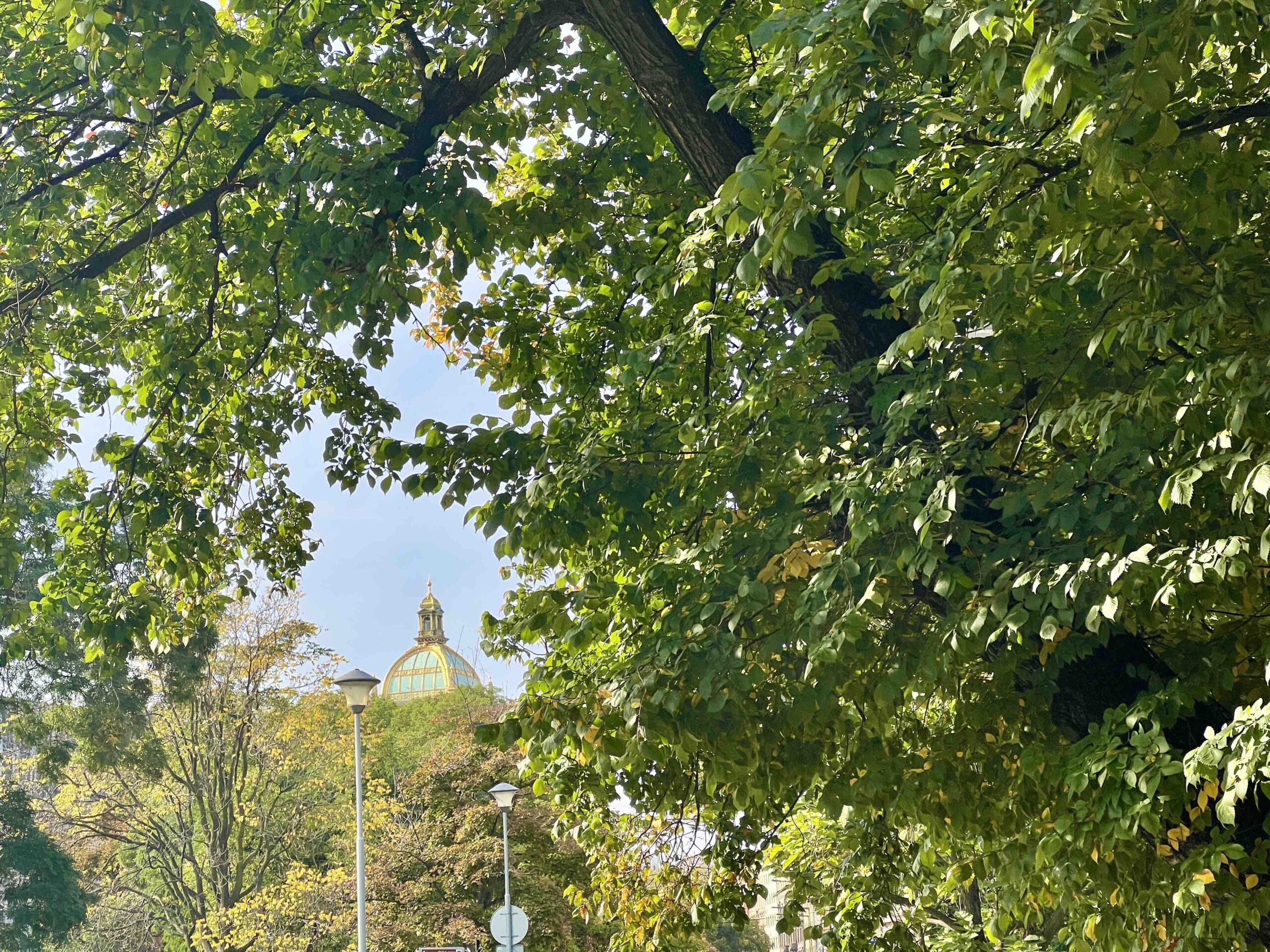
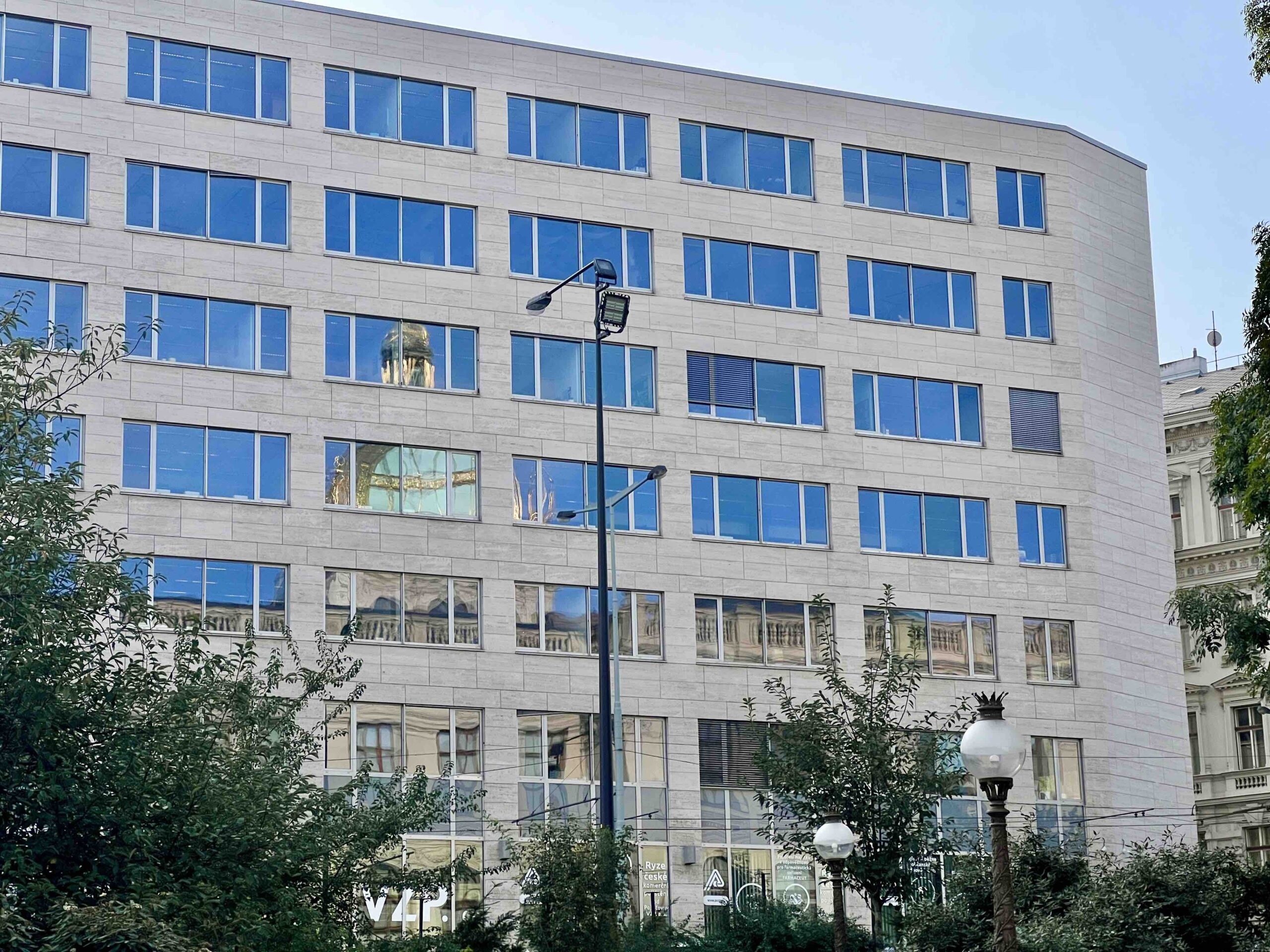
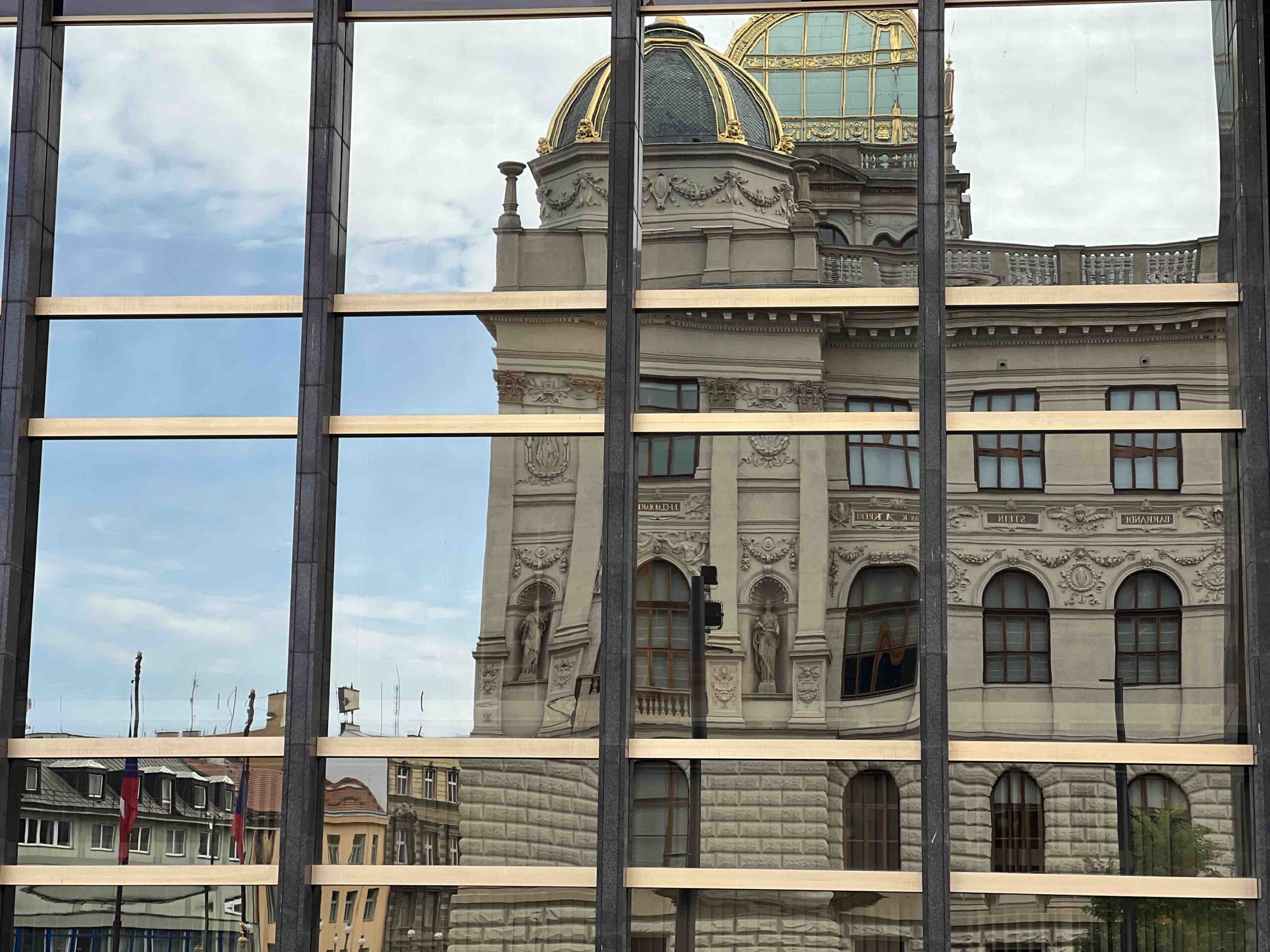
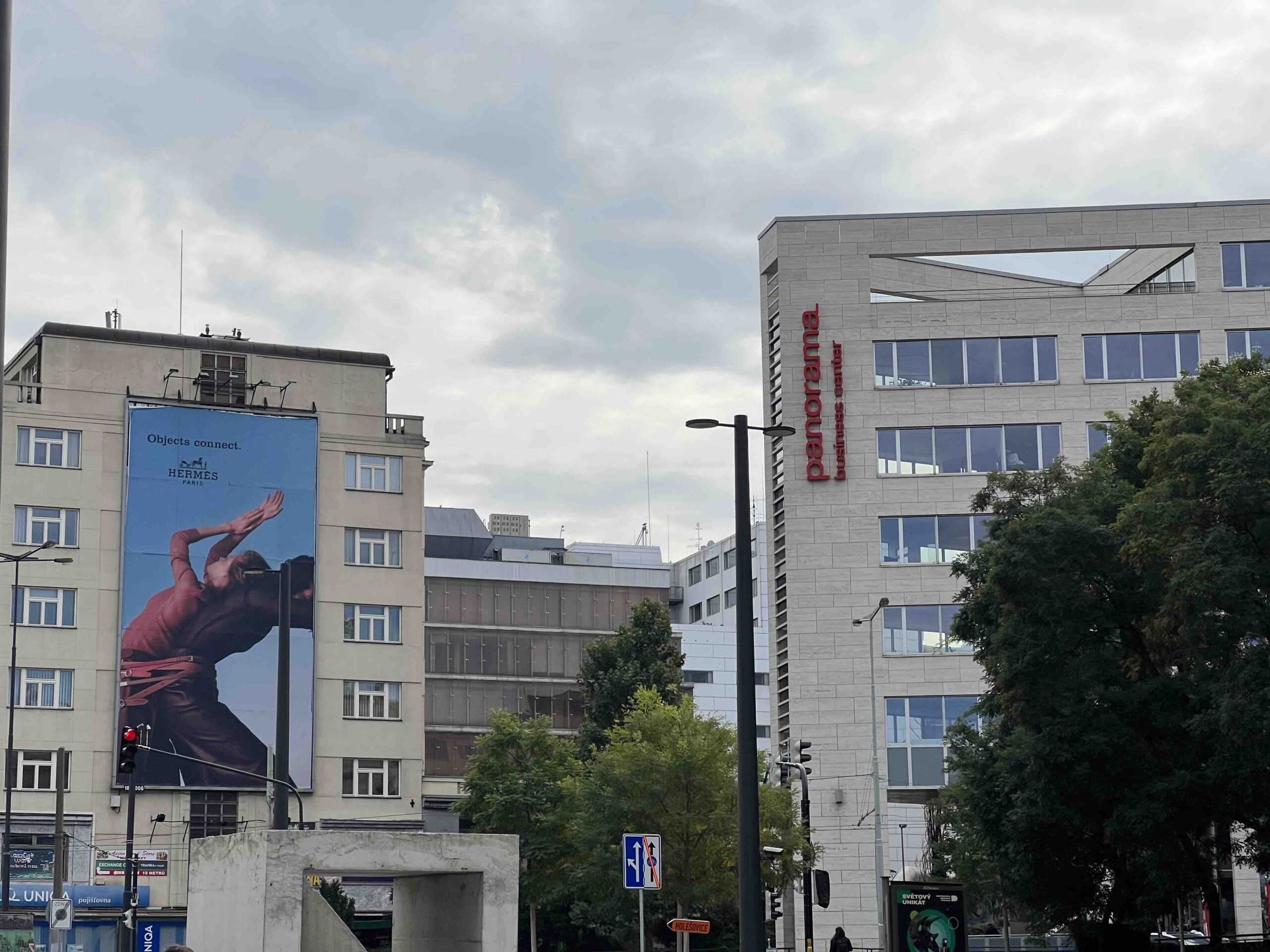

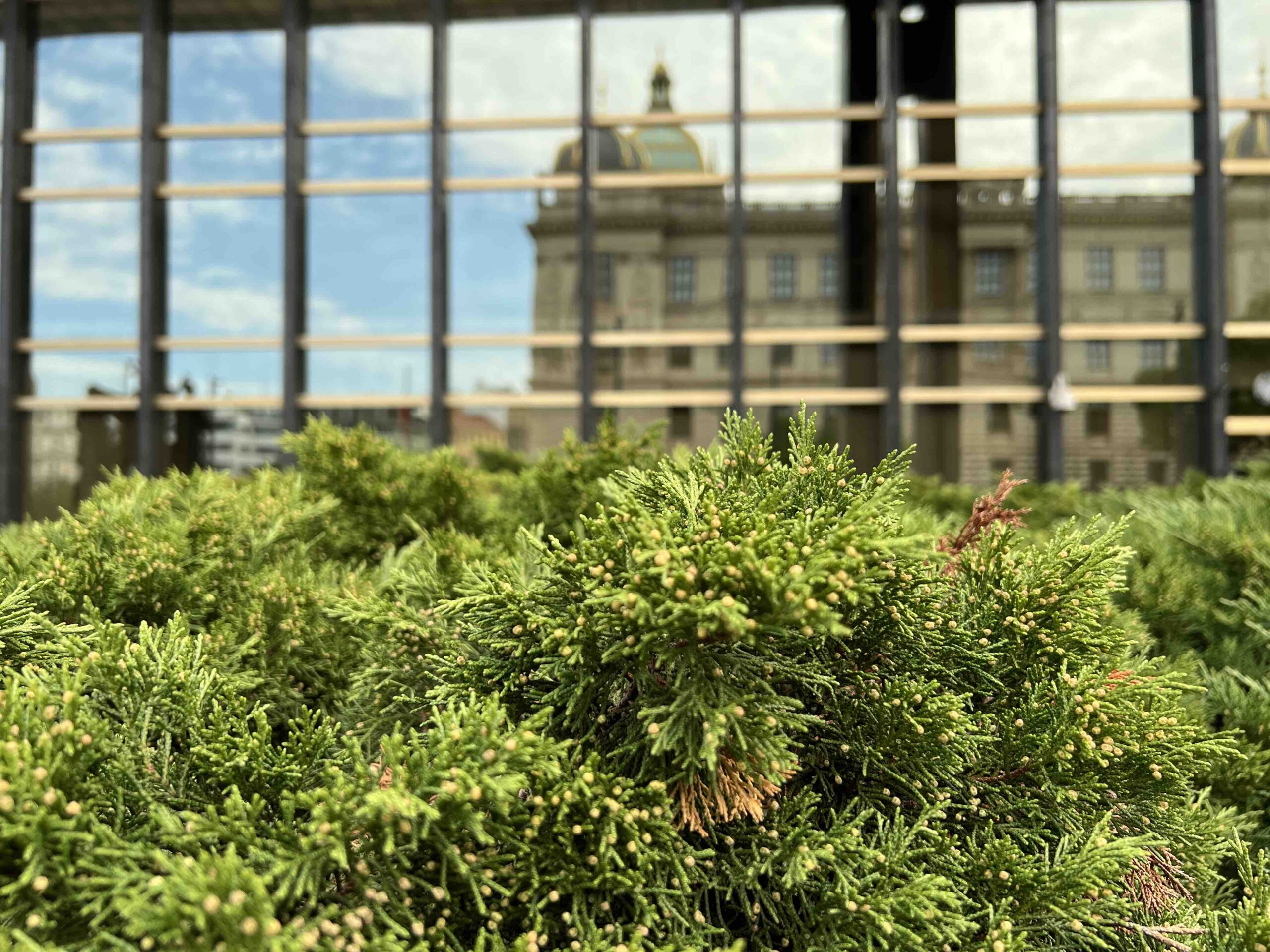

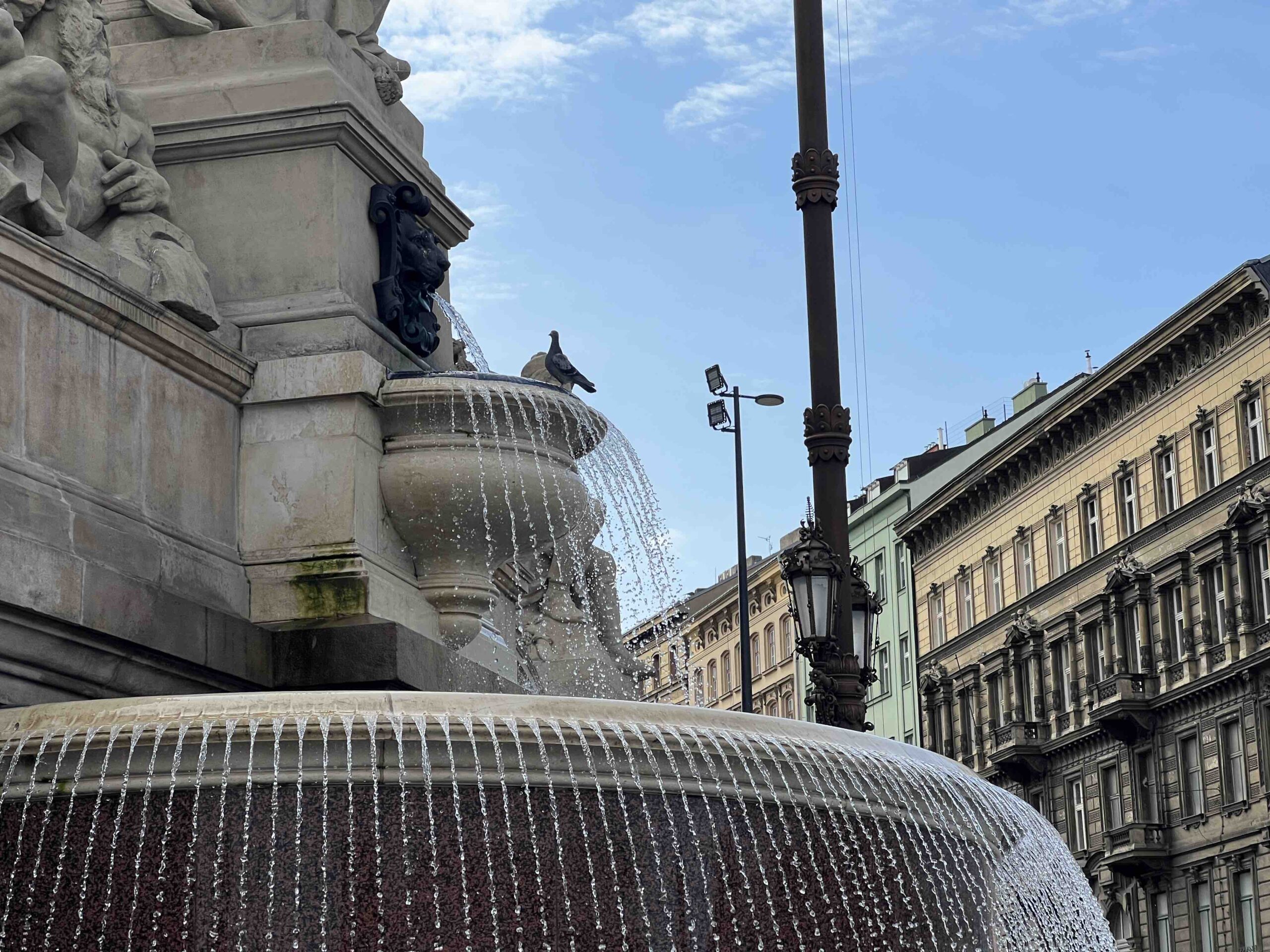


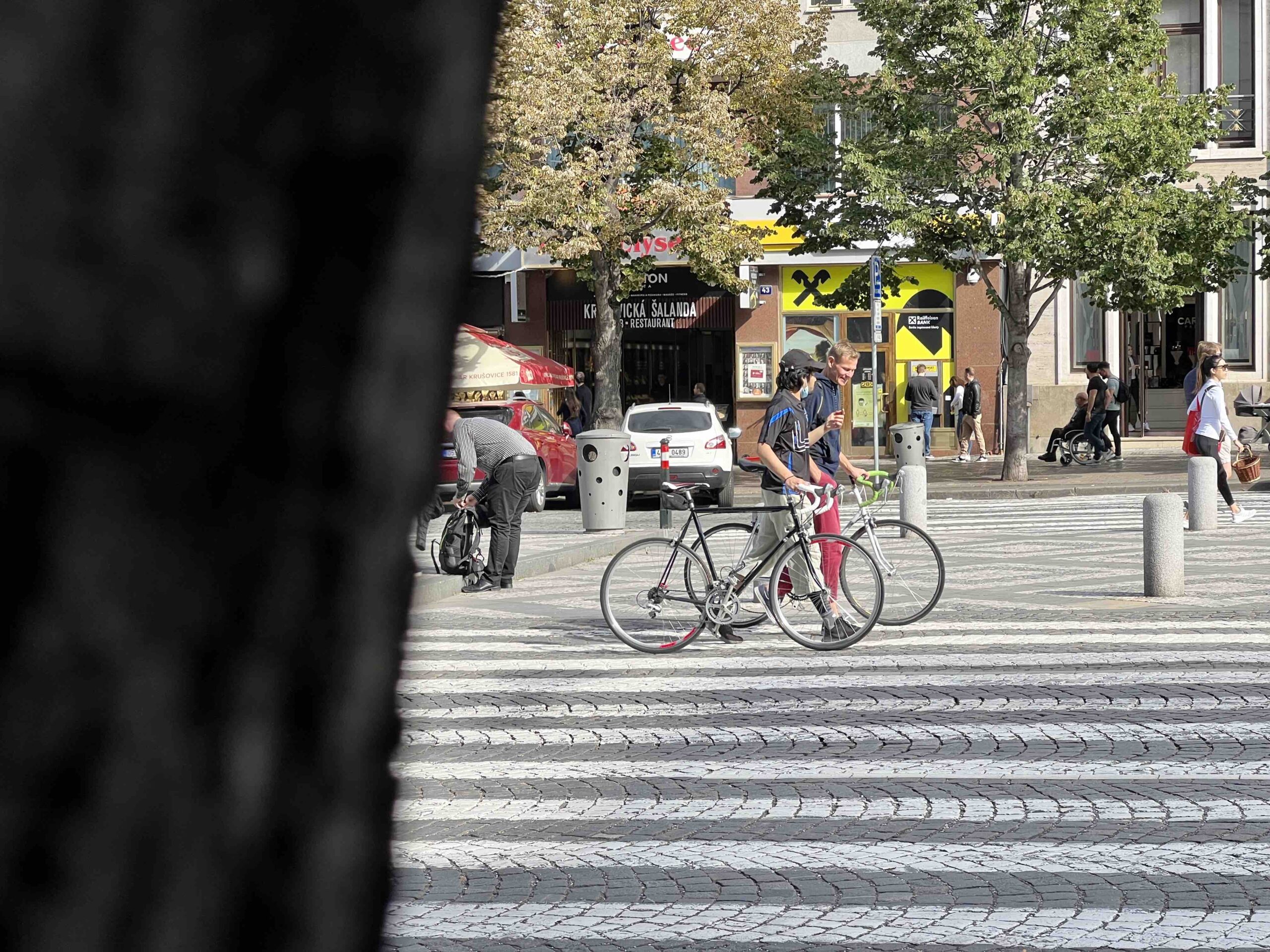
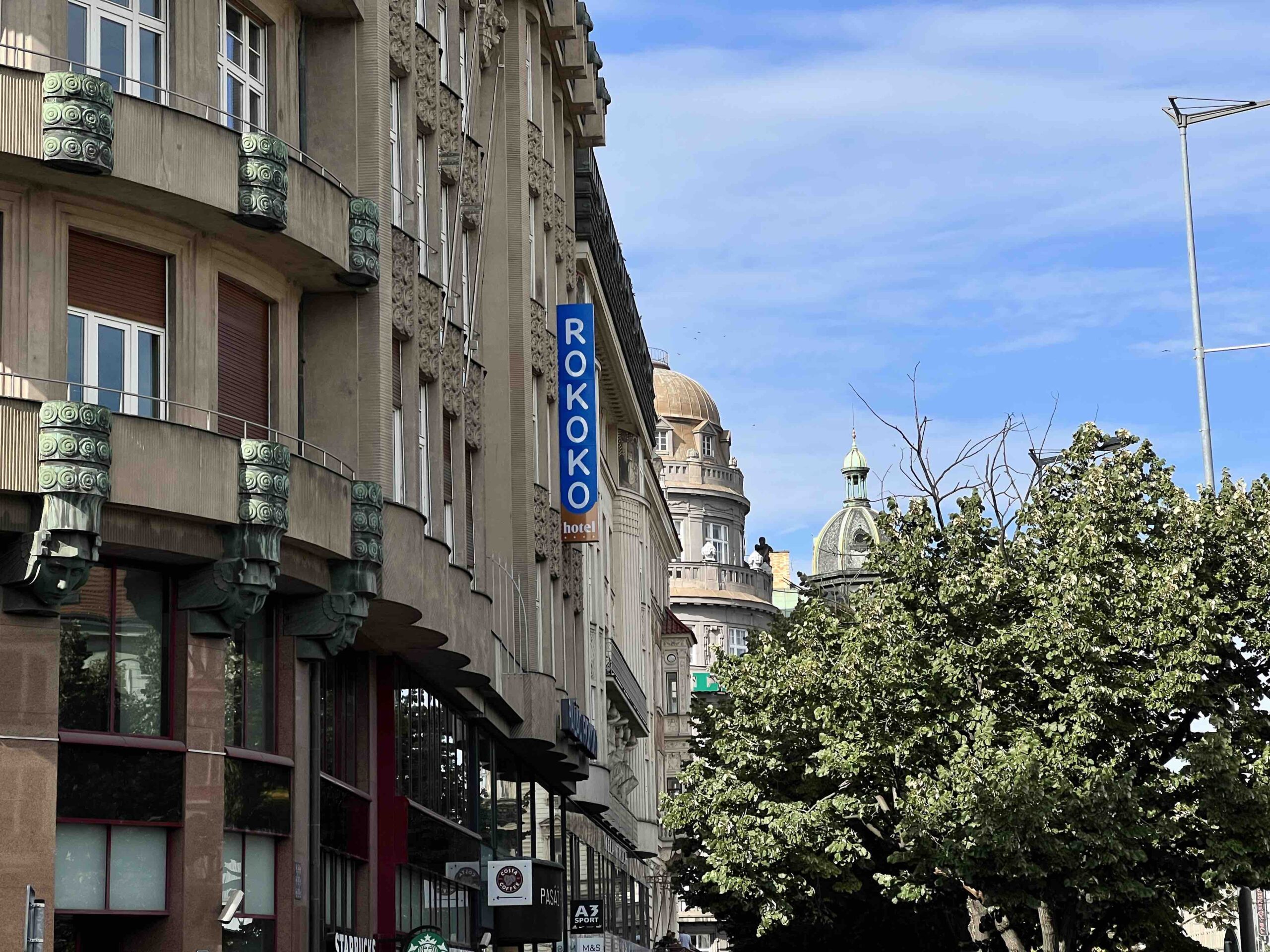



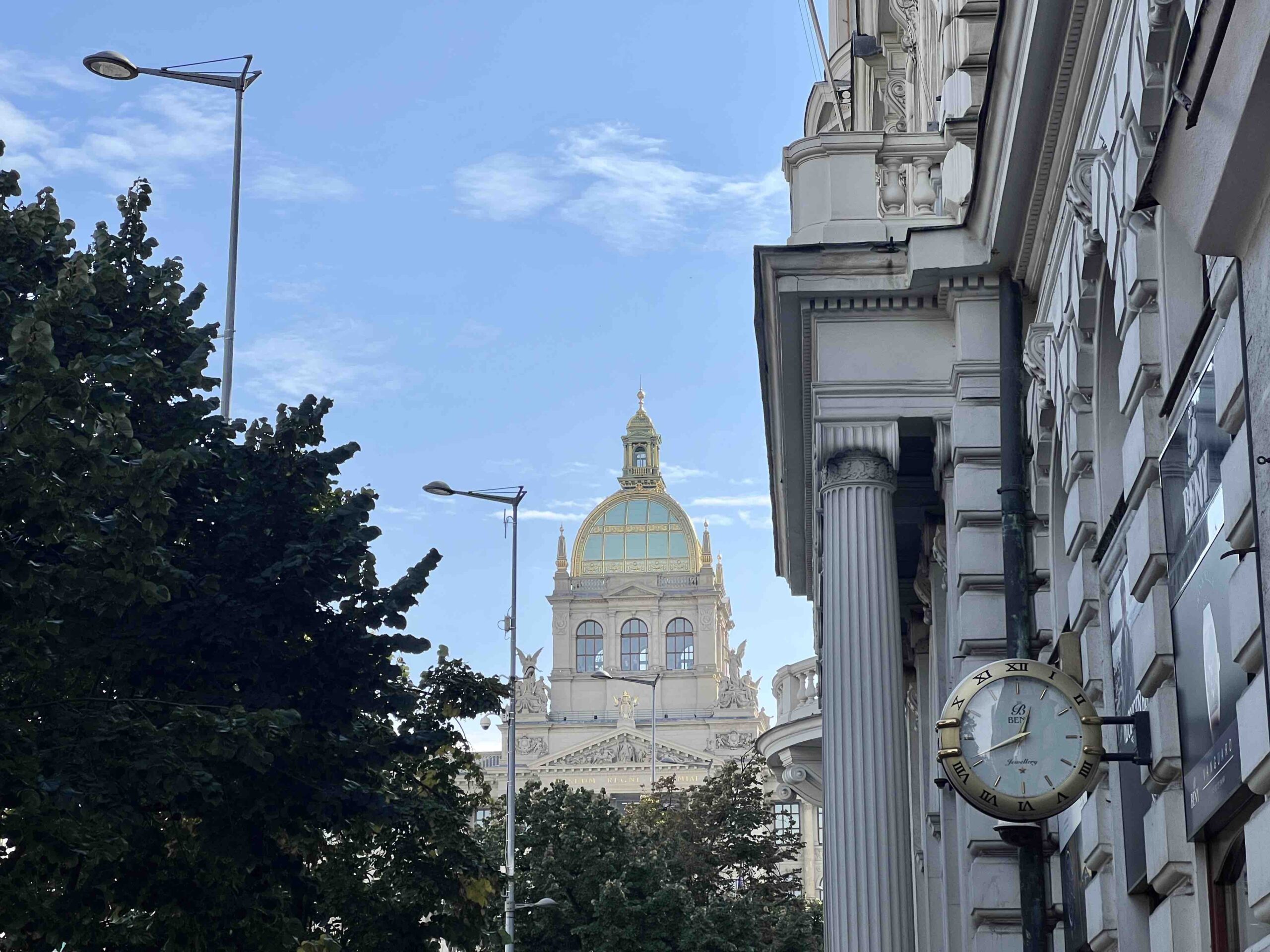
"We don't leave the house without a mobile phone. We get up with him, we have him at school, at work, we play sports with him as well as when we fall asleep."
So that's a pretty decent addiction.
I have an iPhone 14 Pro, but I only take photos with it for Instagram or when I need to record something important, such as doctor's office hours. If I'm going somewhere, for example on a trip or a family celebration, and I know I'll definitely be taking pictures, I almost always take a mirrorless camera. I just keep liking the photos of her, especially on the big monitor, better.
There is always a hipster under a strange article who, like a true photographer, only takes pictures with a camera designed for that purpose...
...and why 14 for when SE would be enough...
It's okay. iPhone photos are enough for me. Yeah, the mirror is somewhere else. But anyway, what would I do with professional photos? Nothing will roll on the cloud :-)